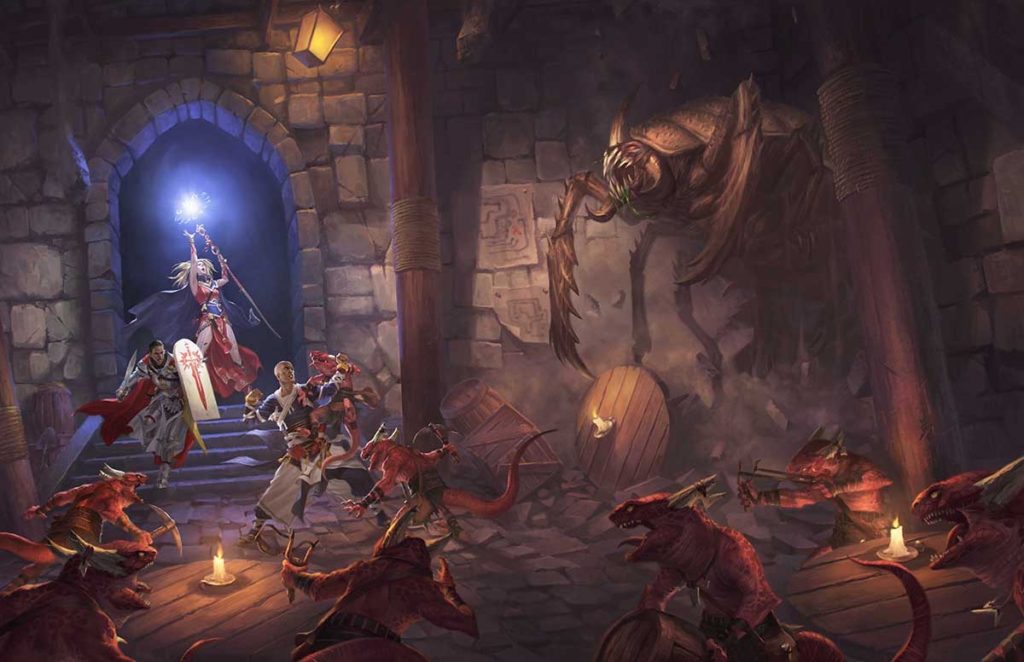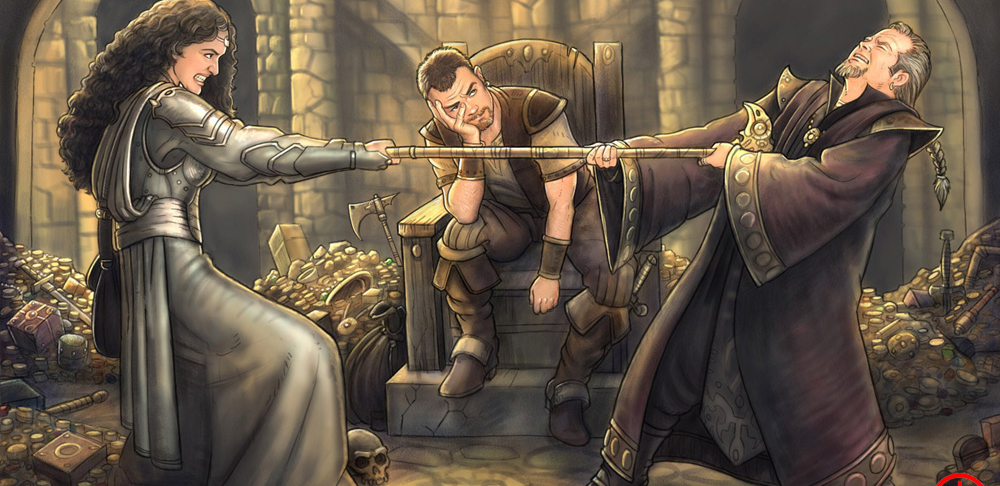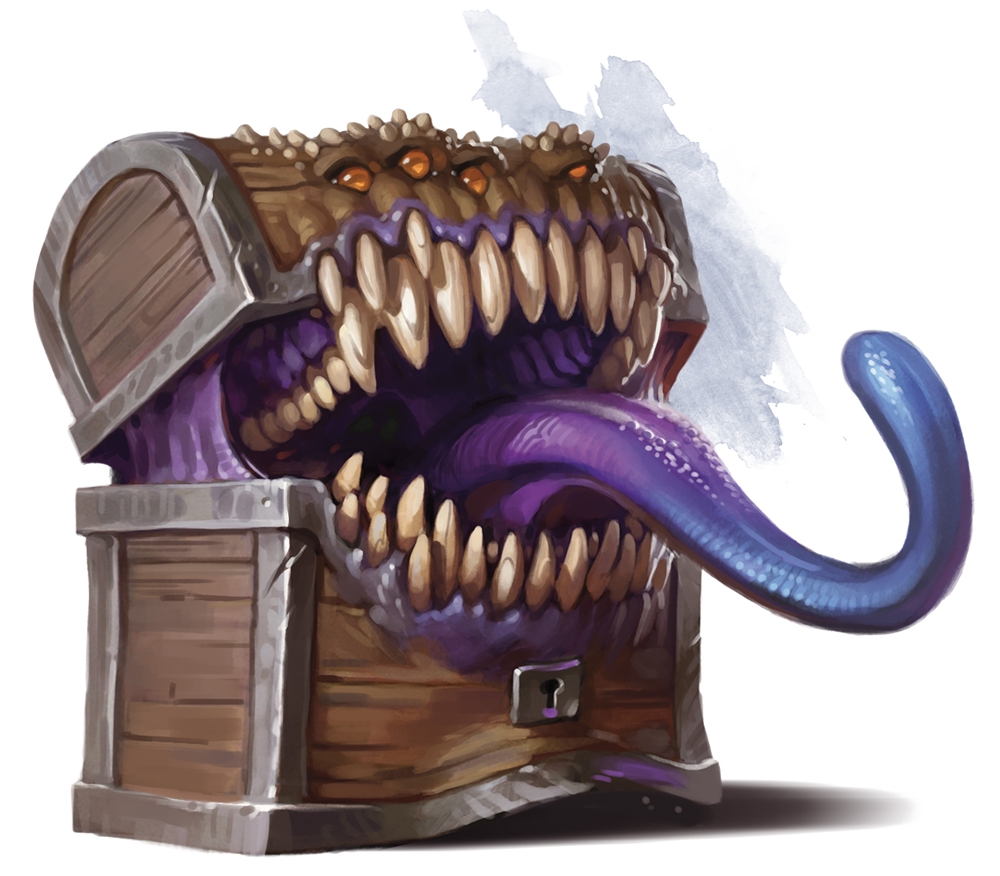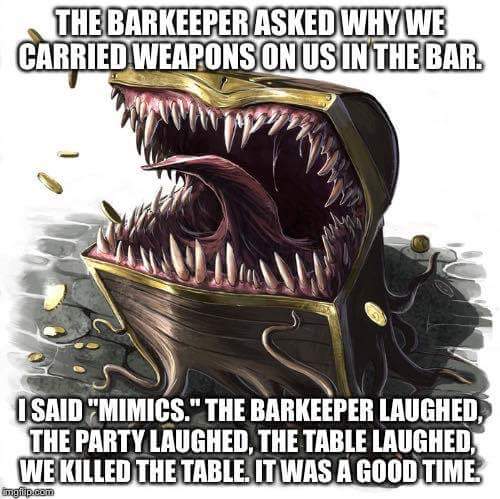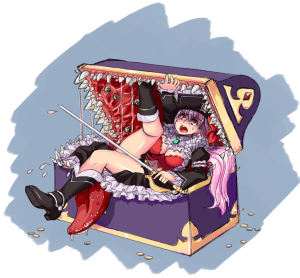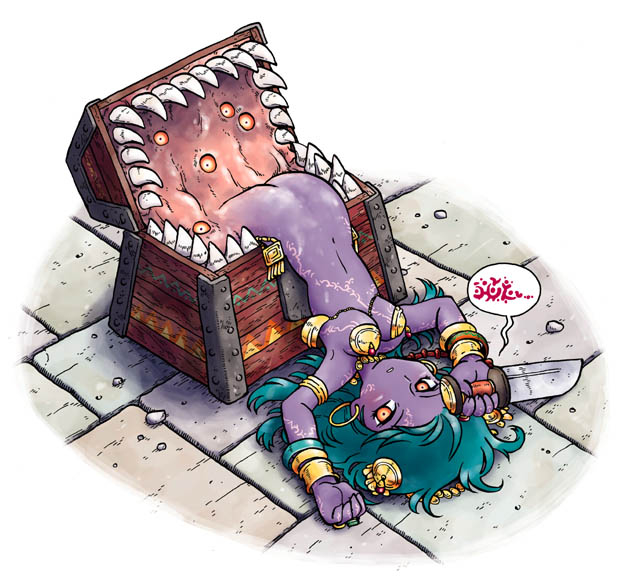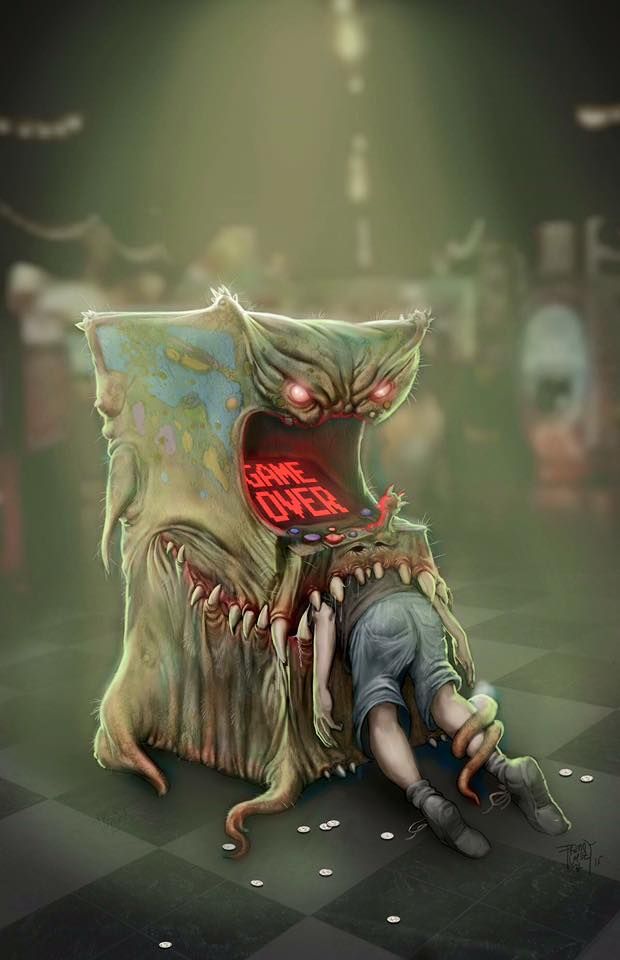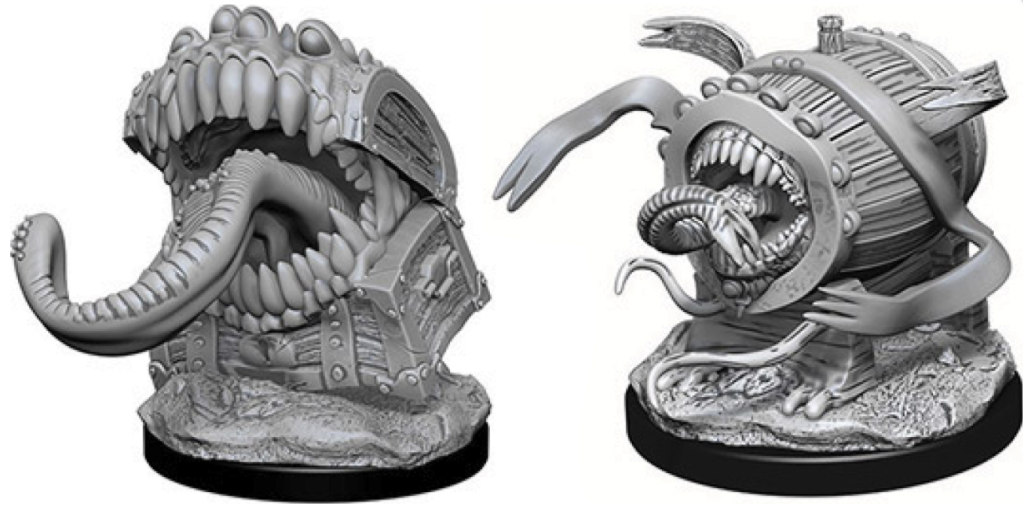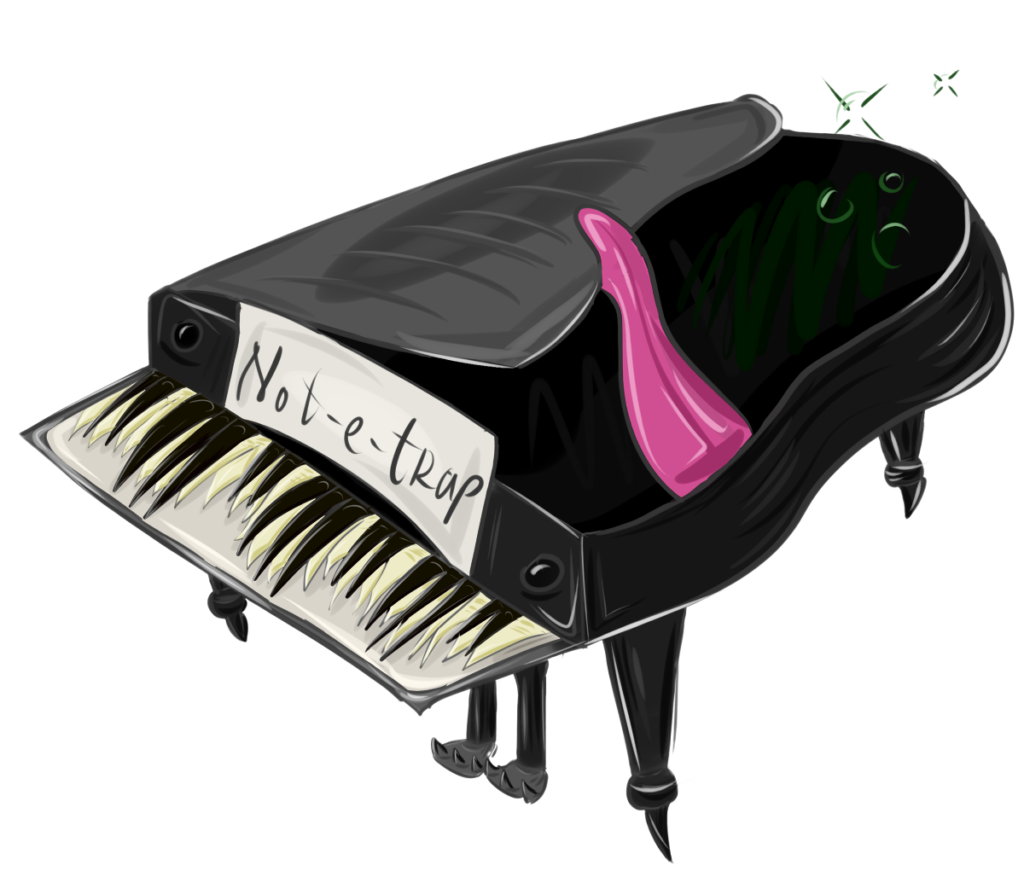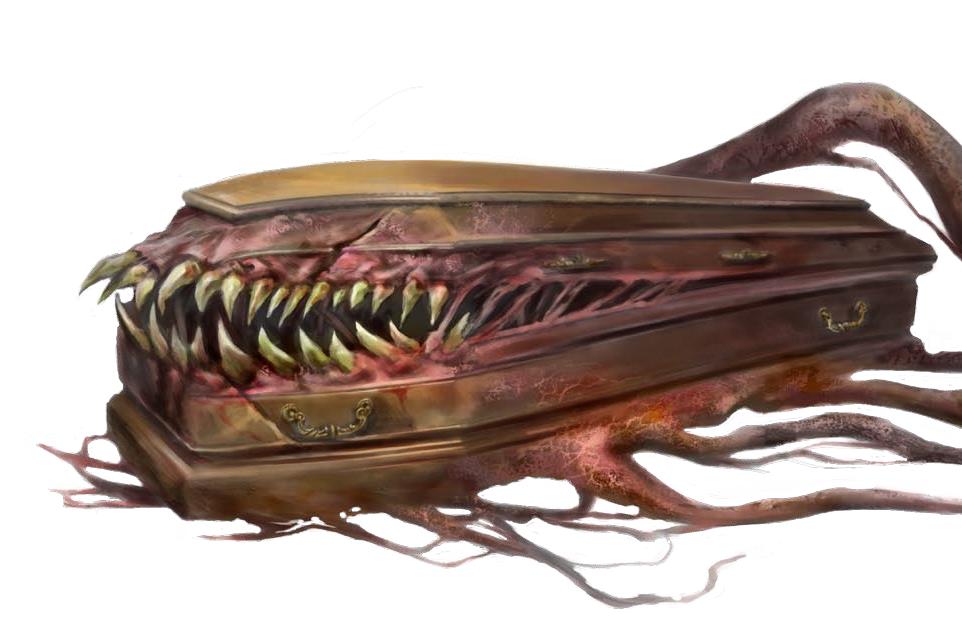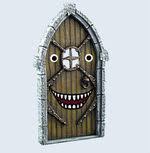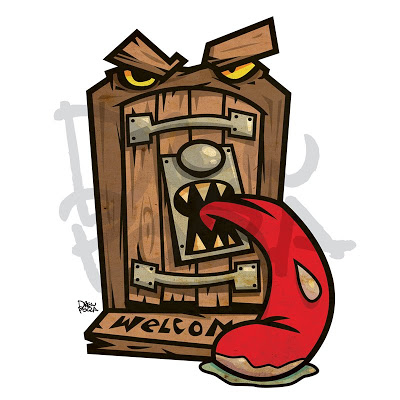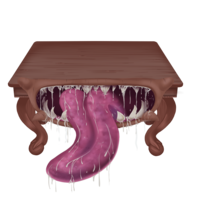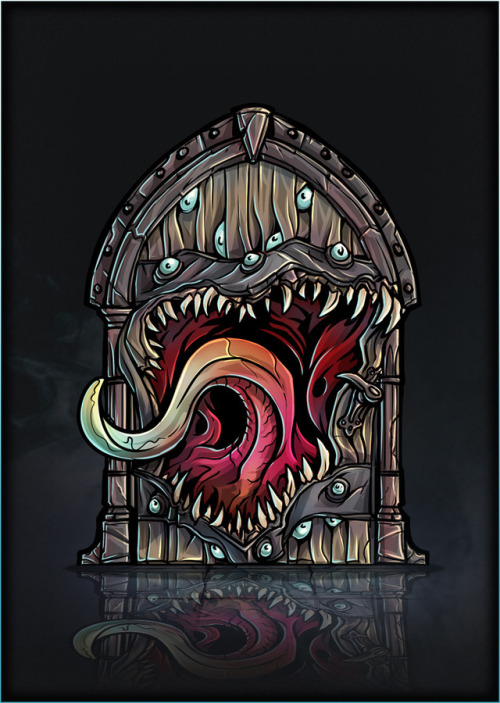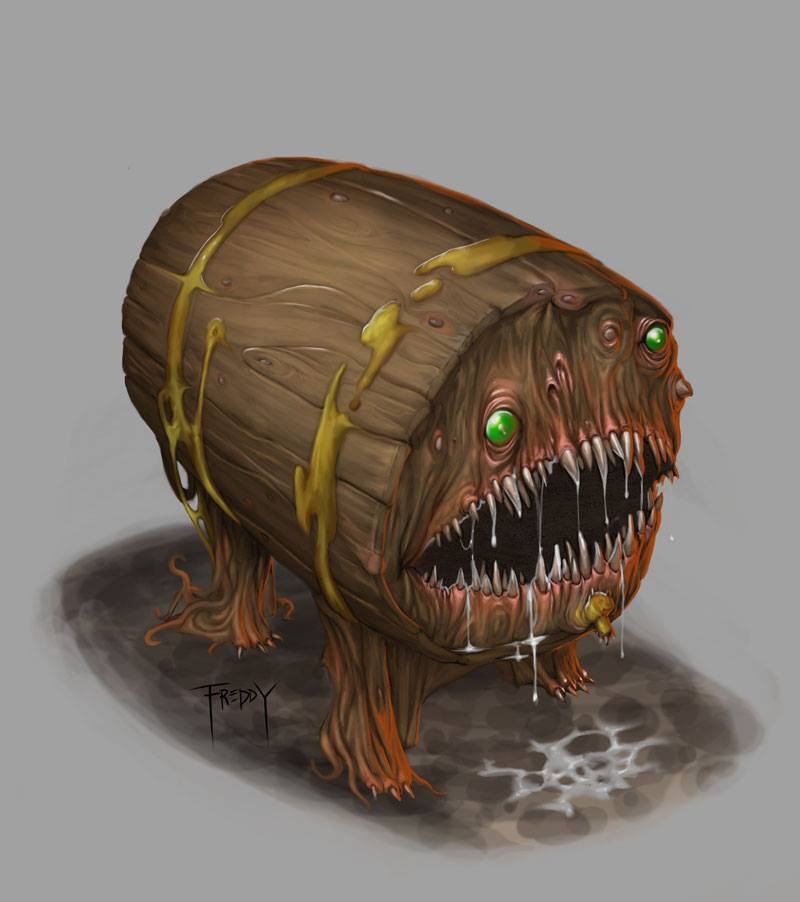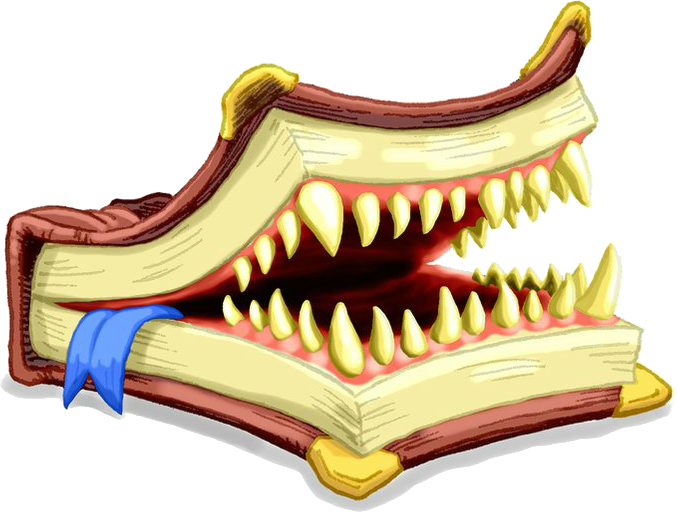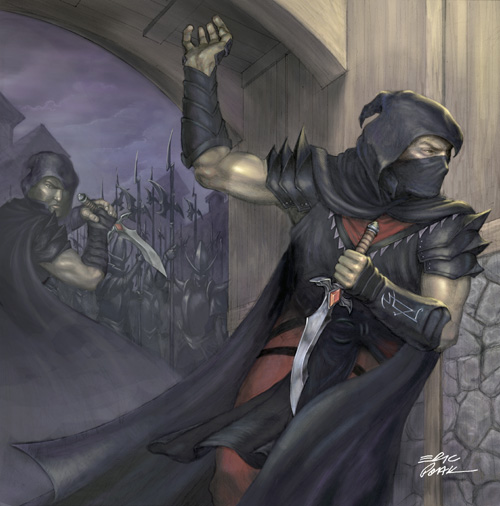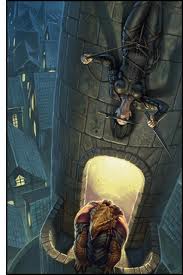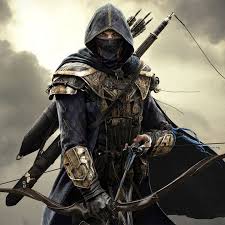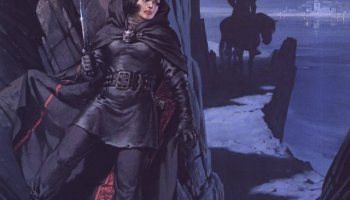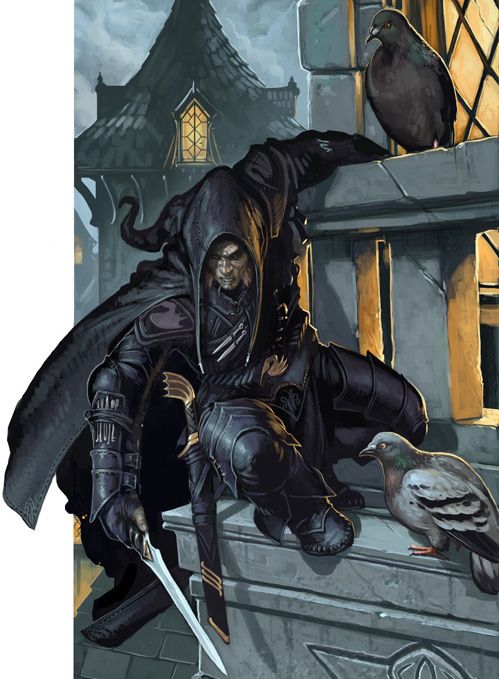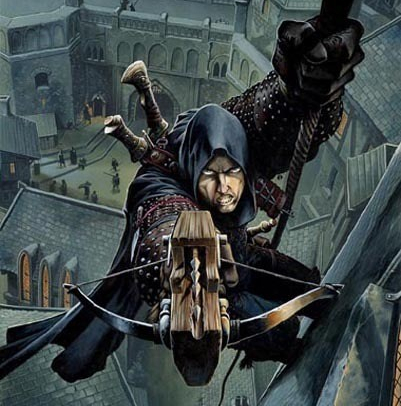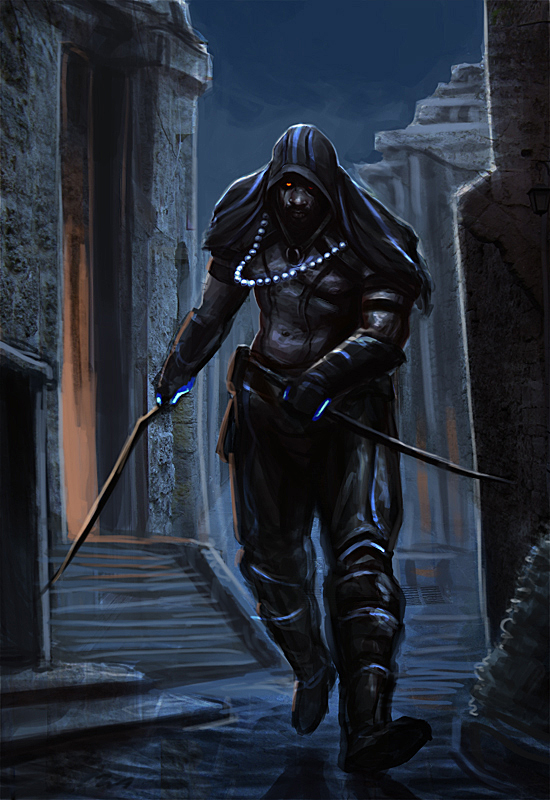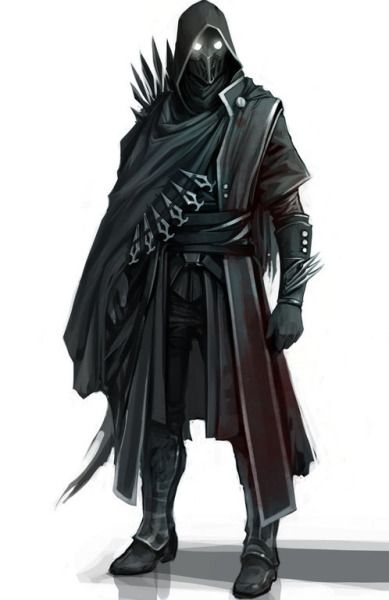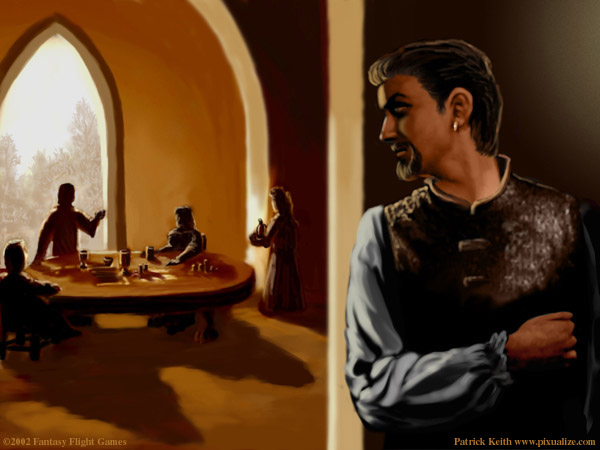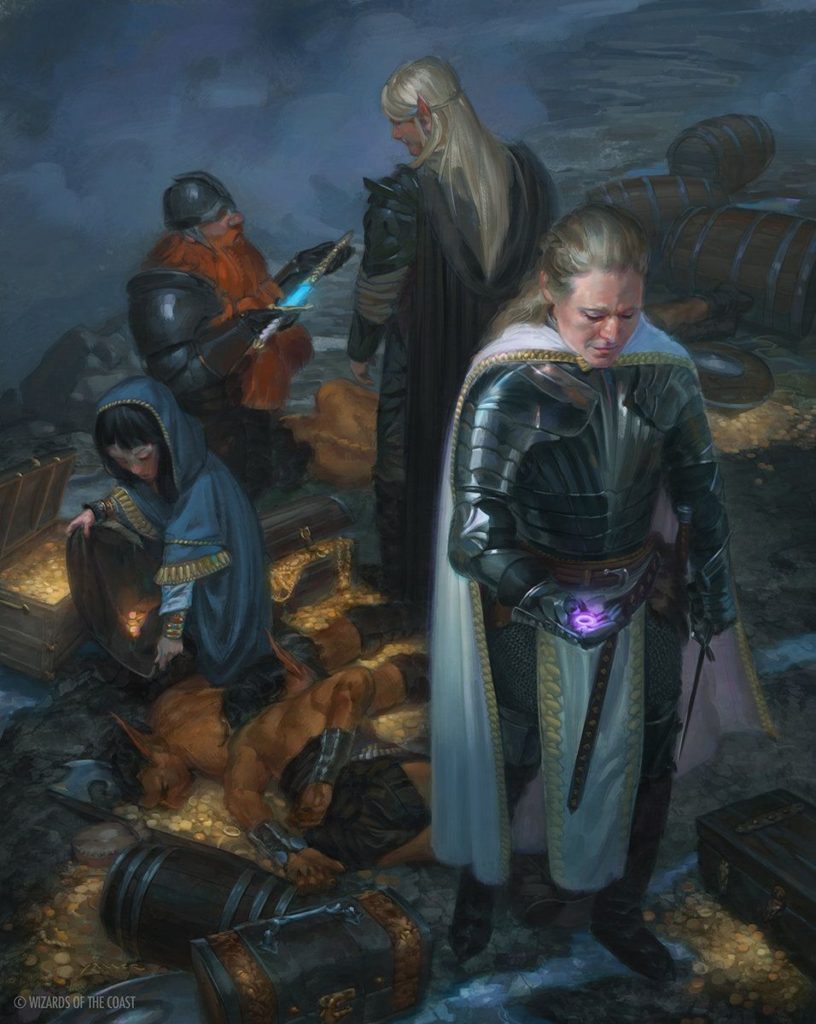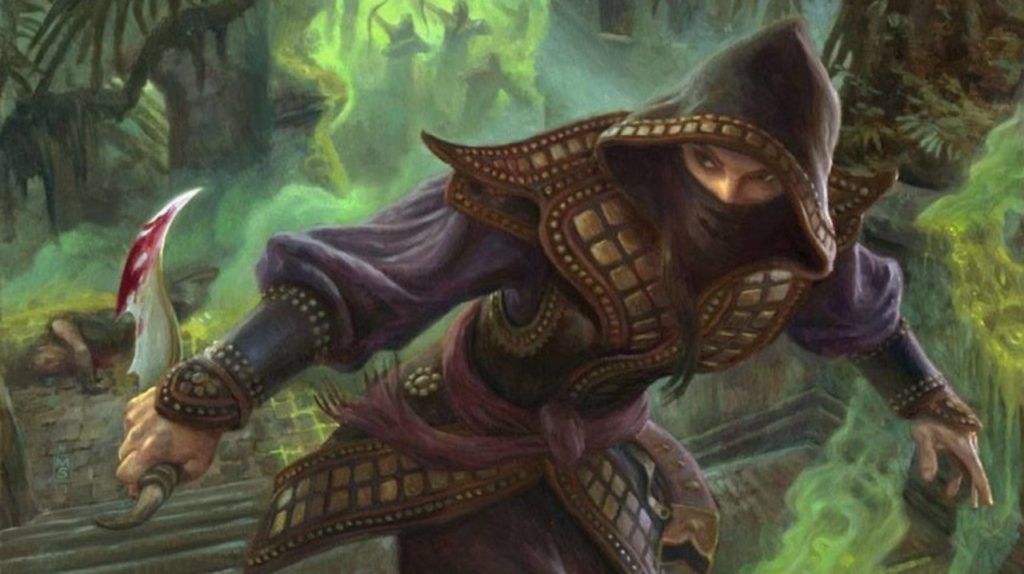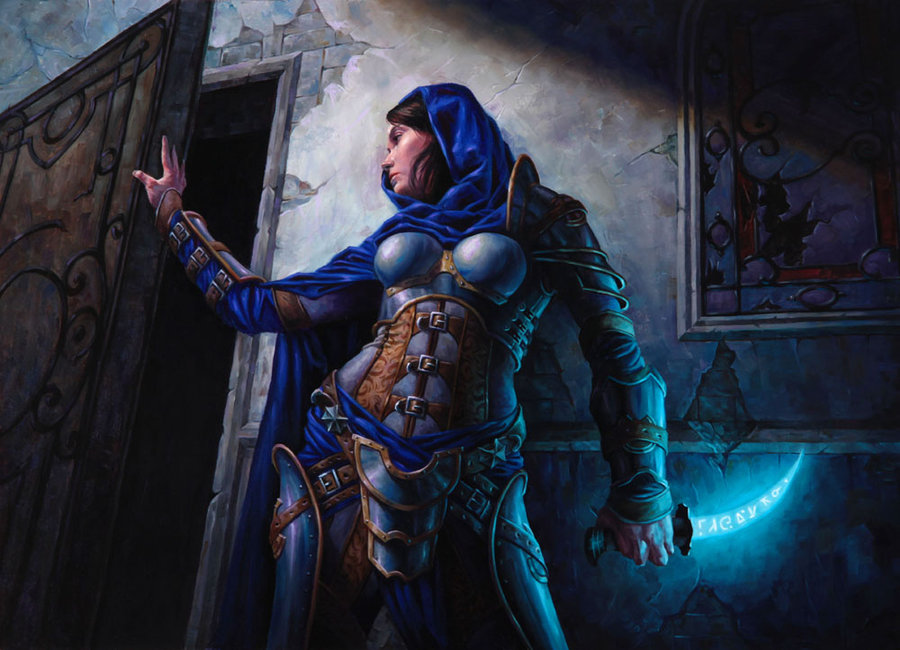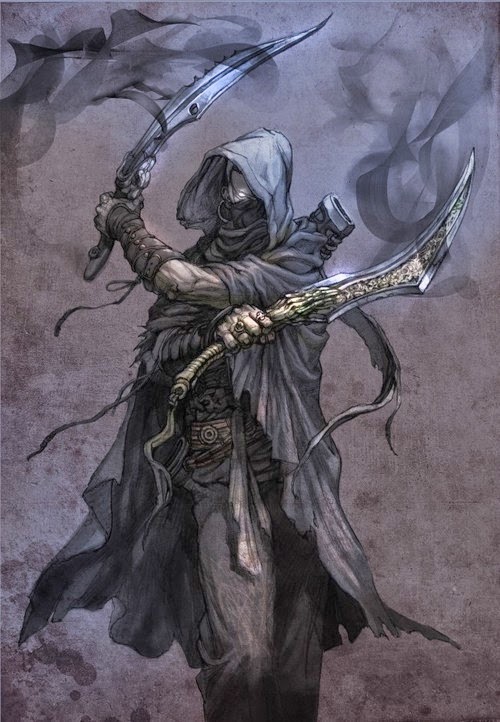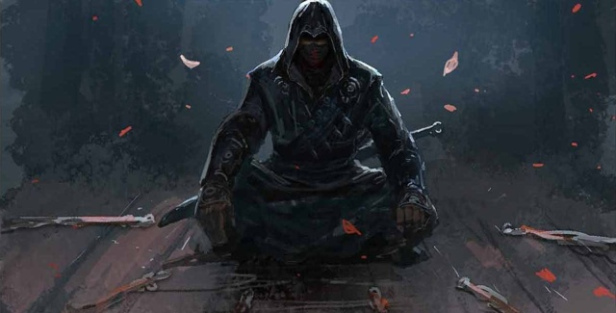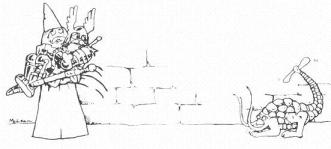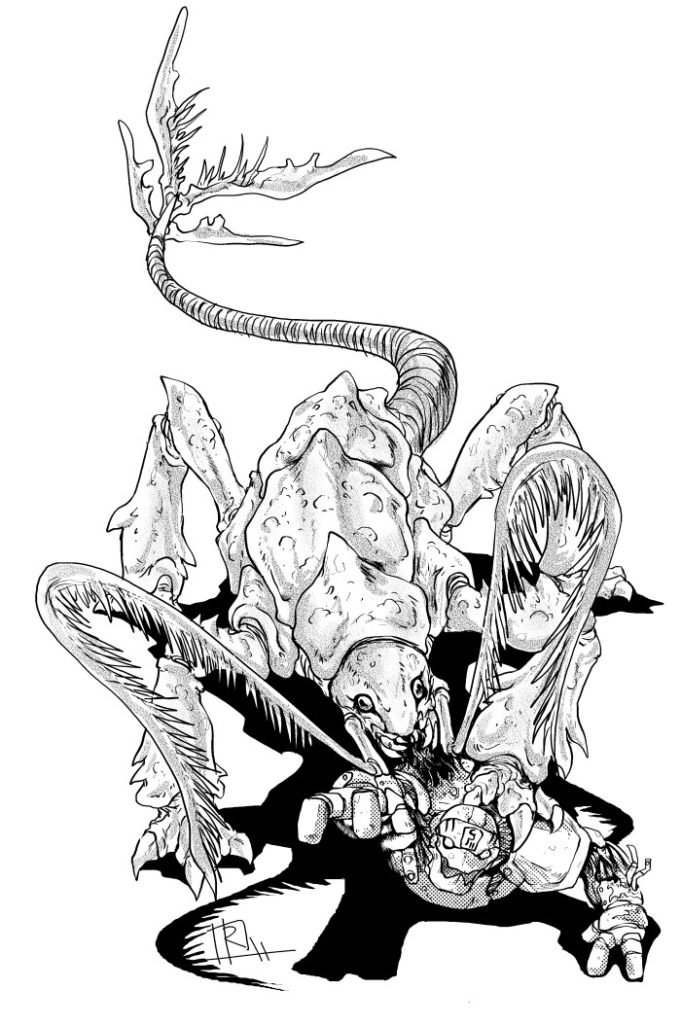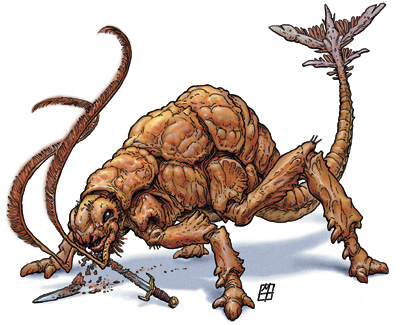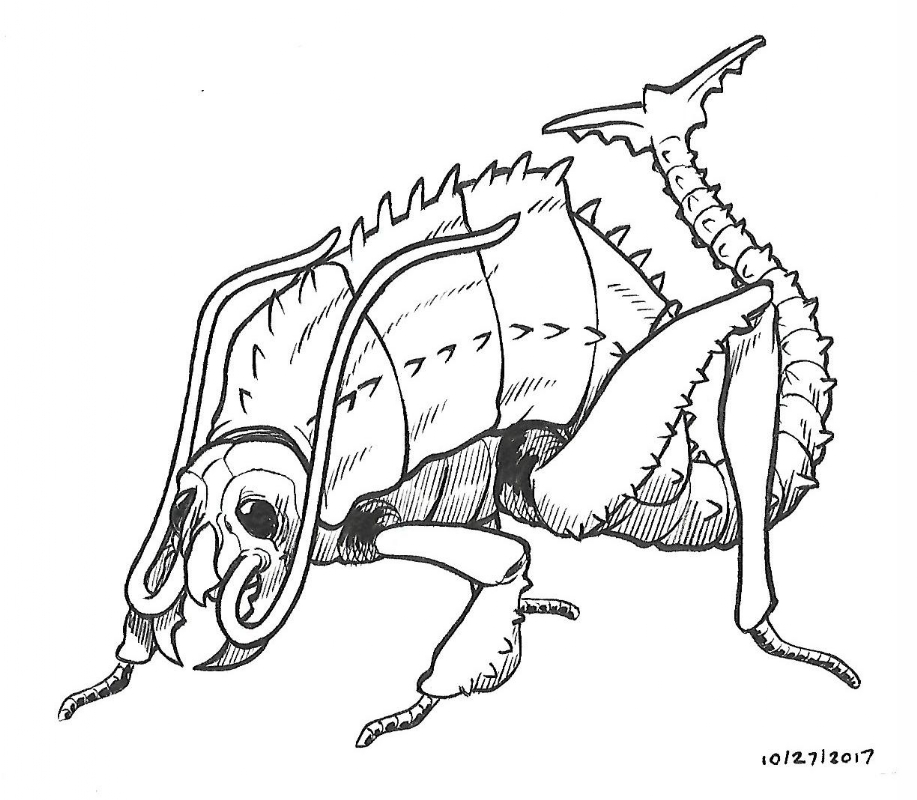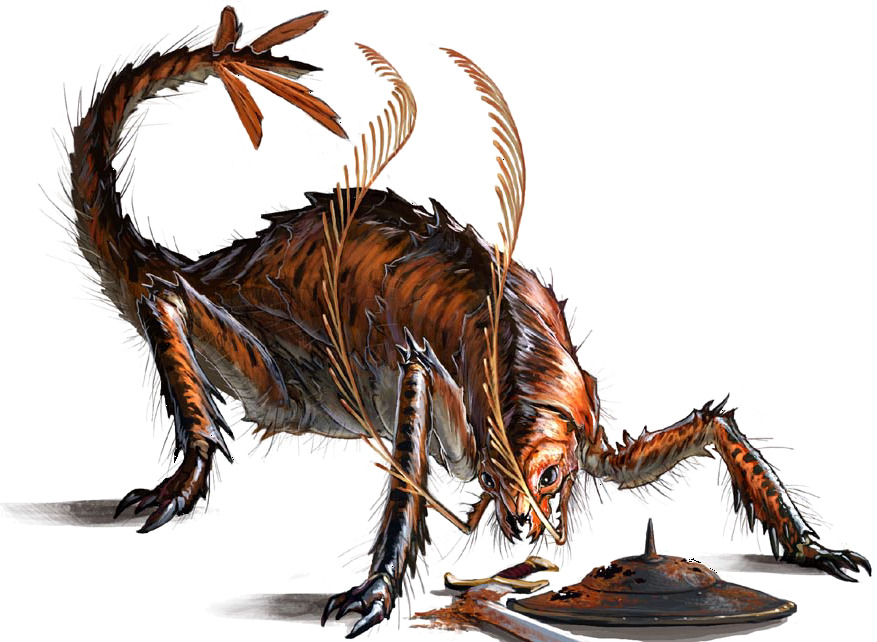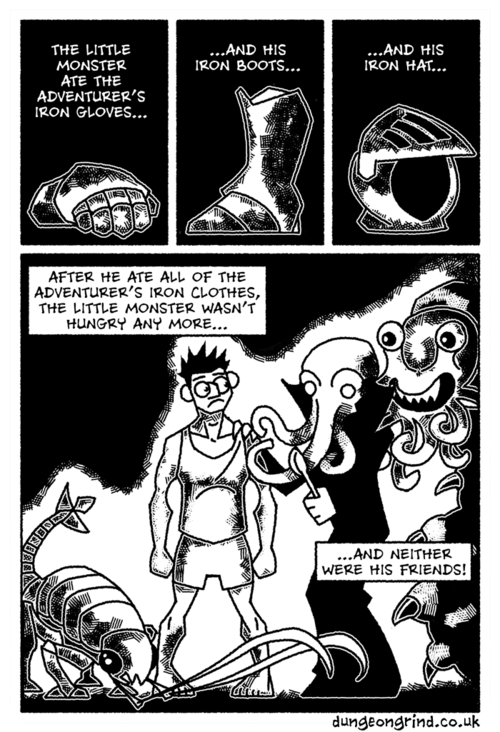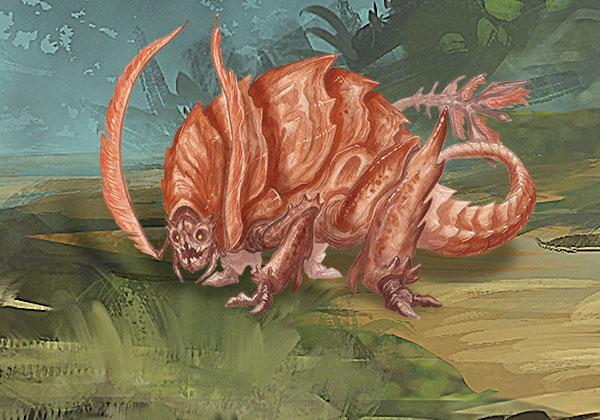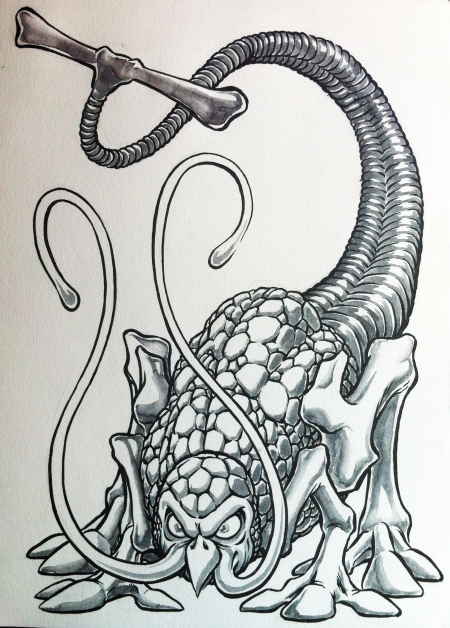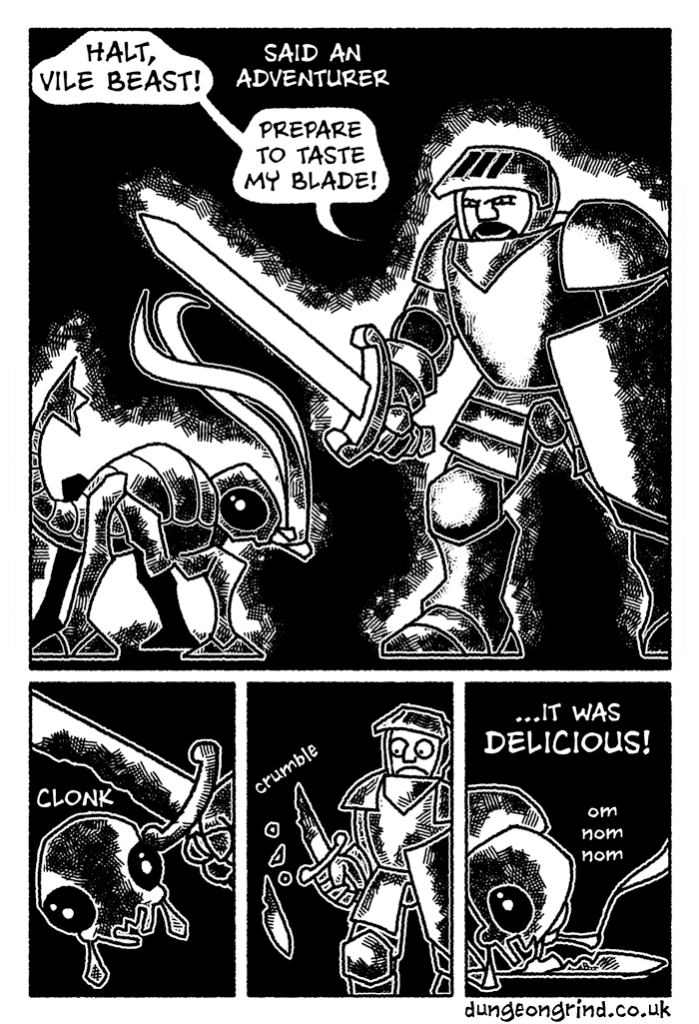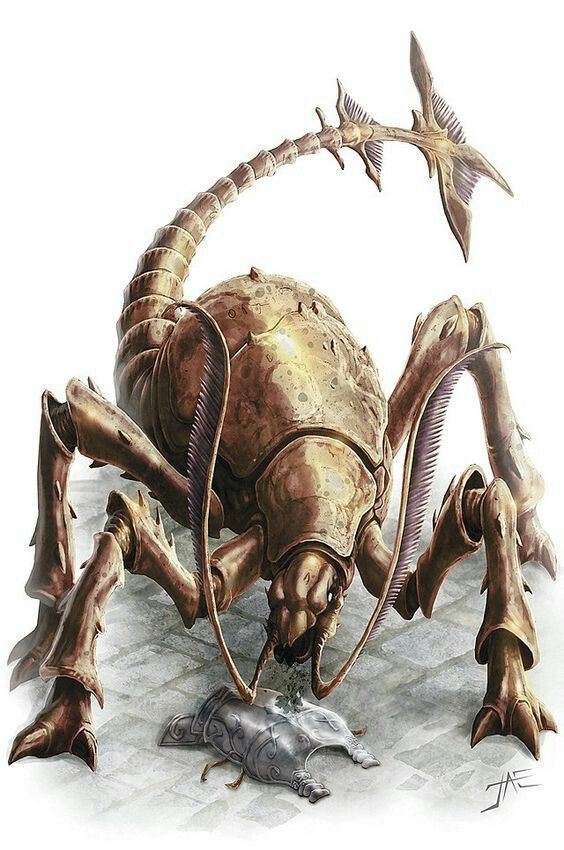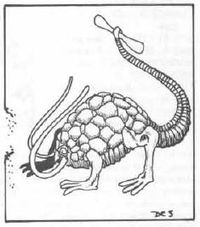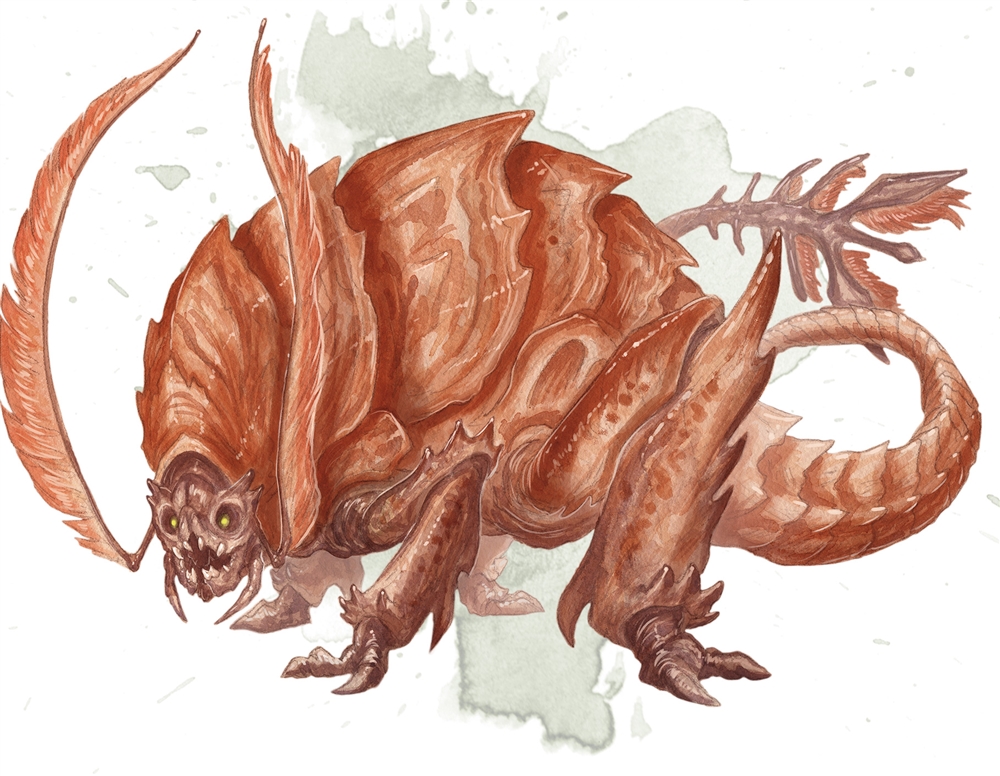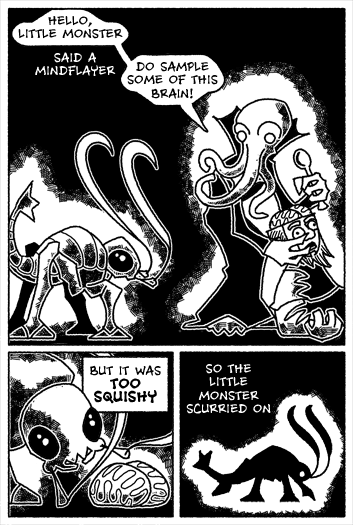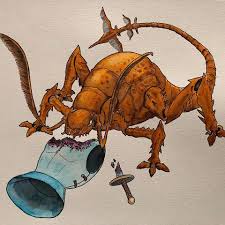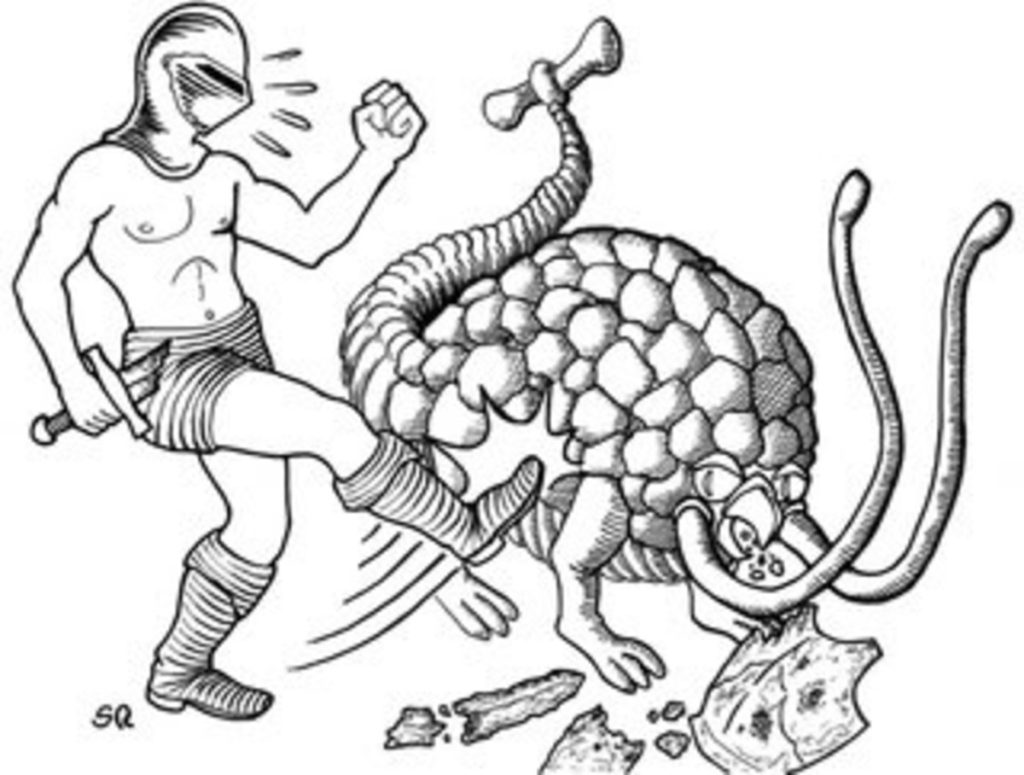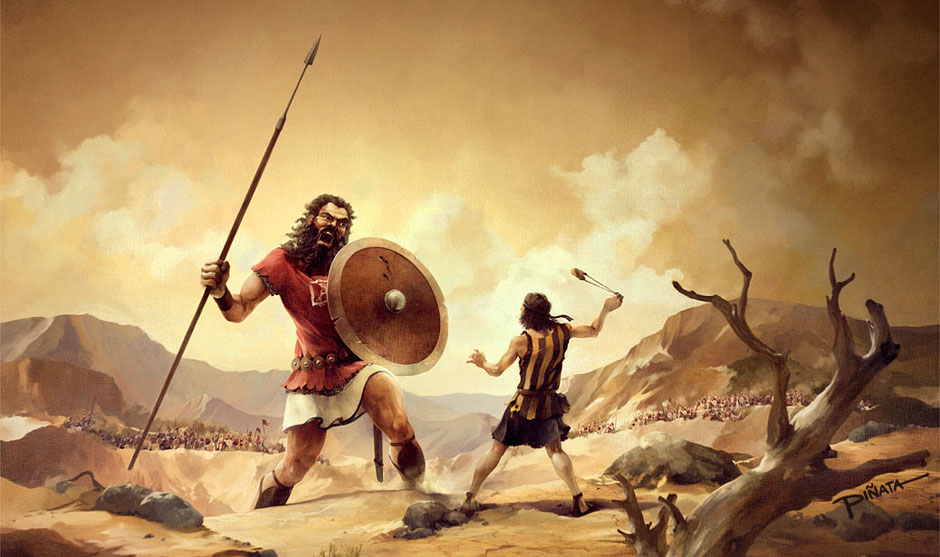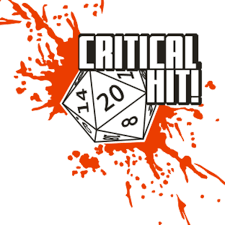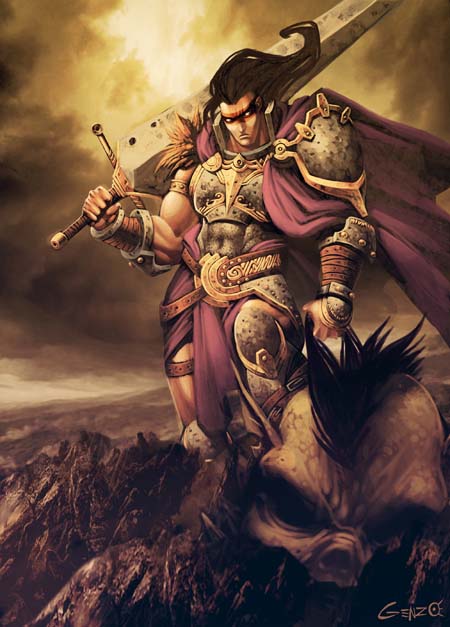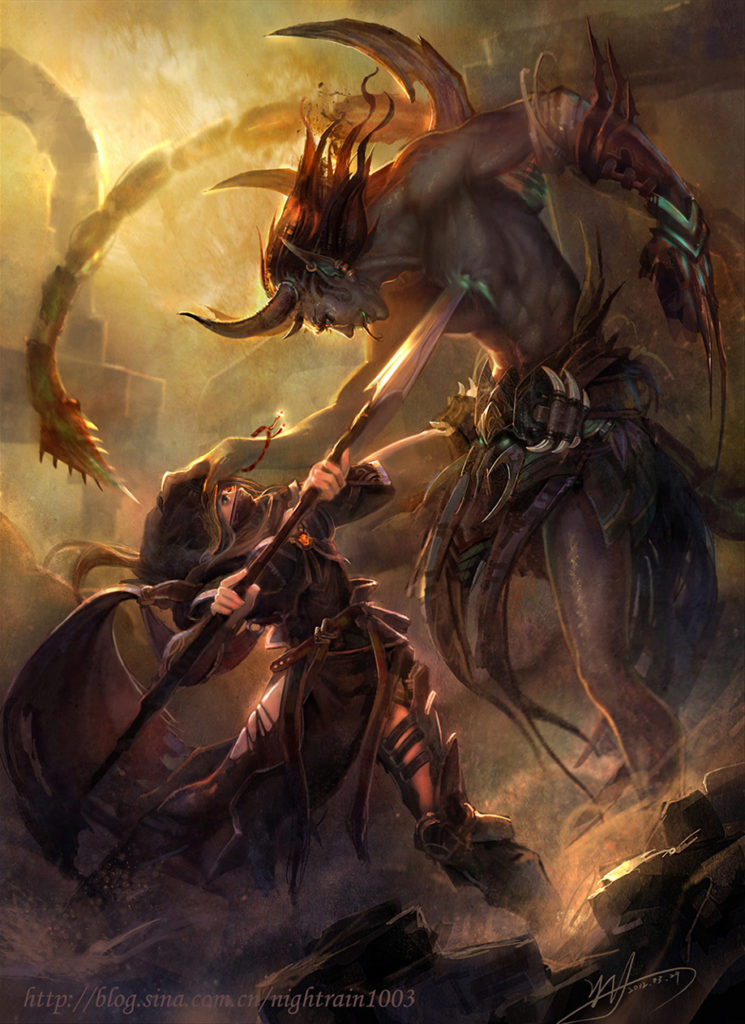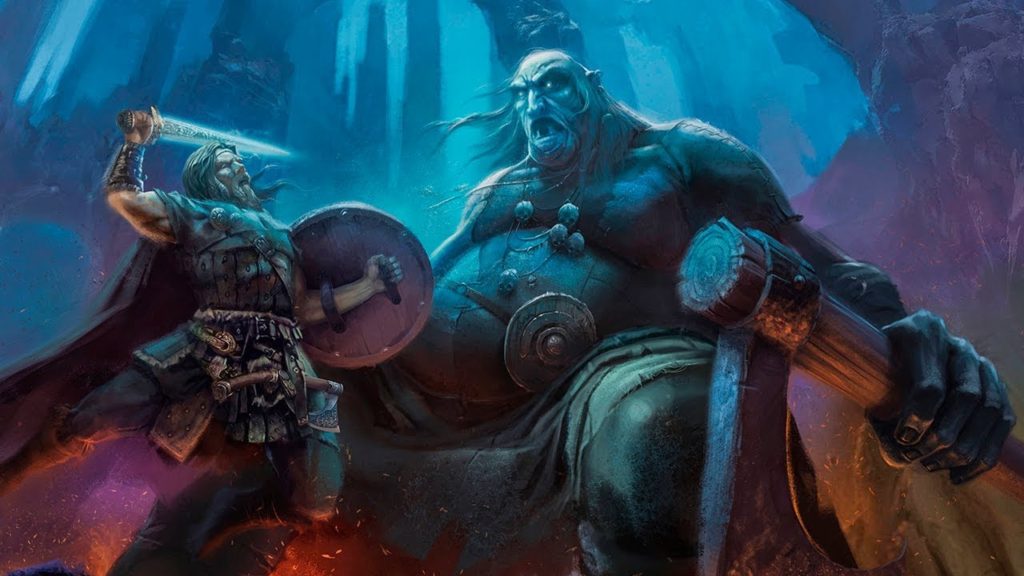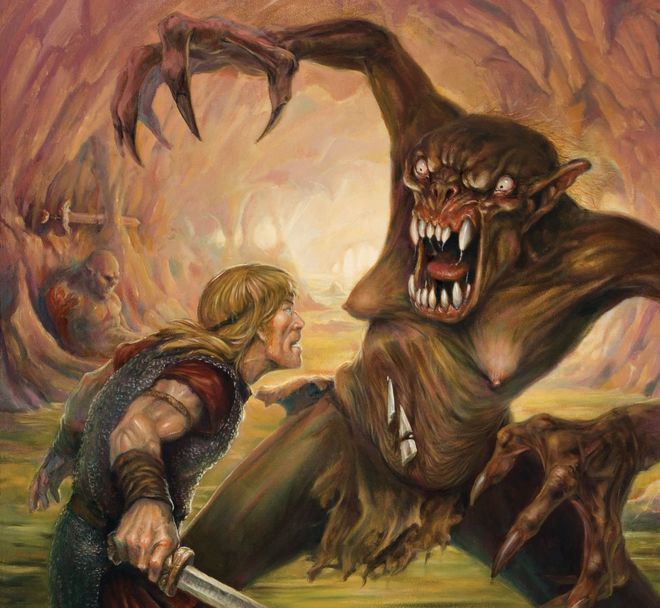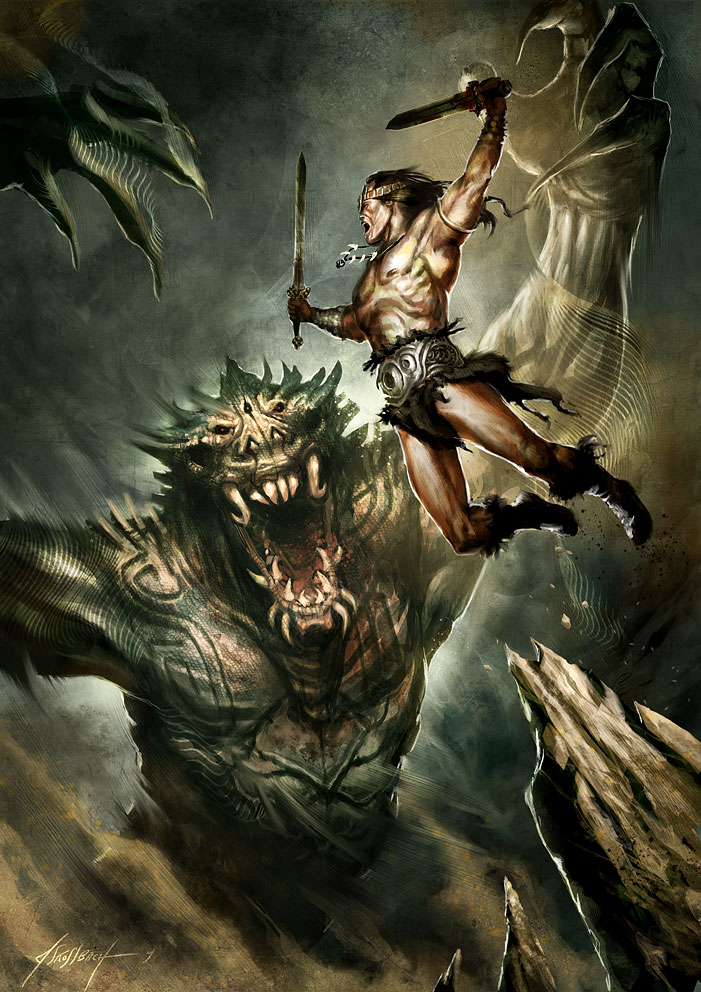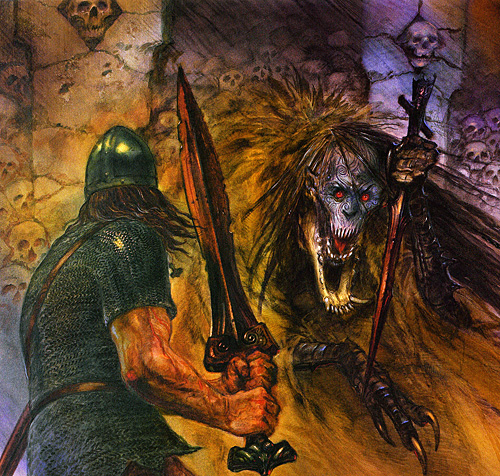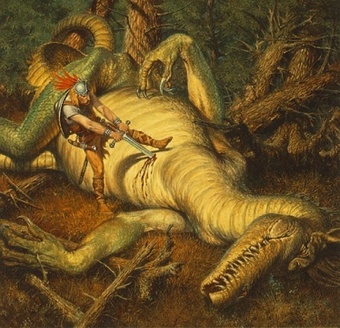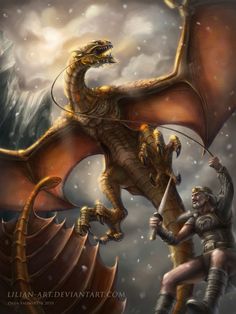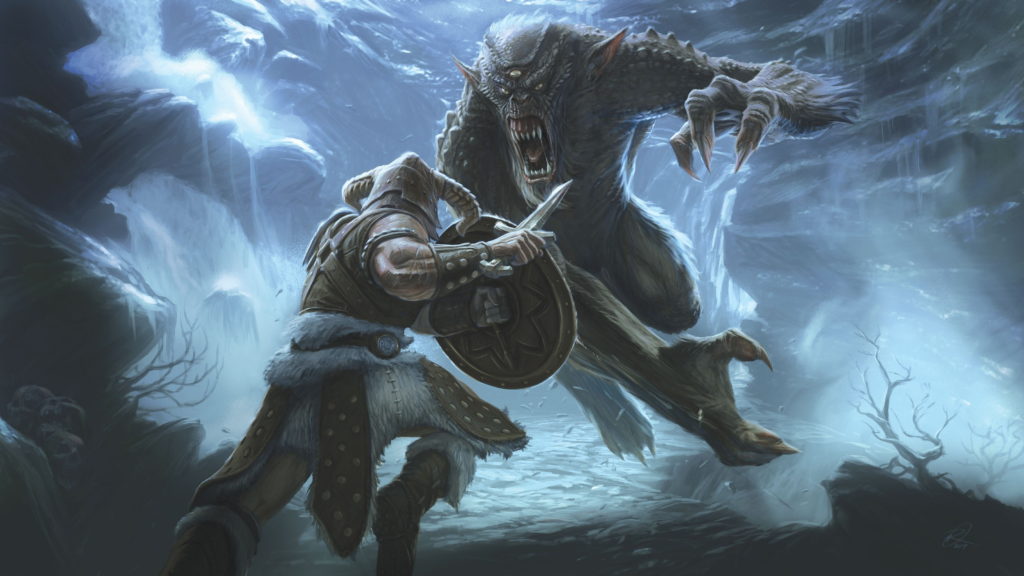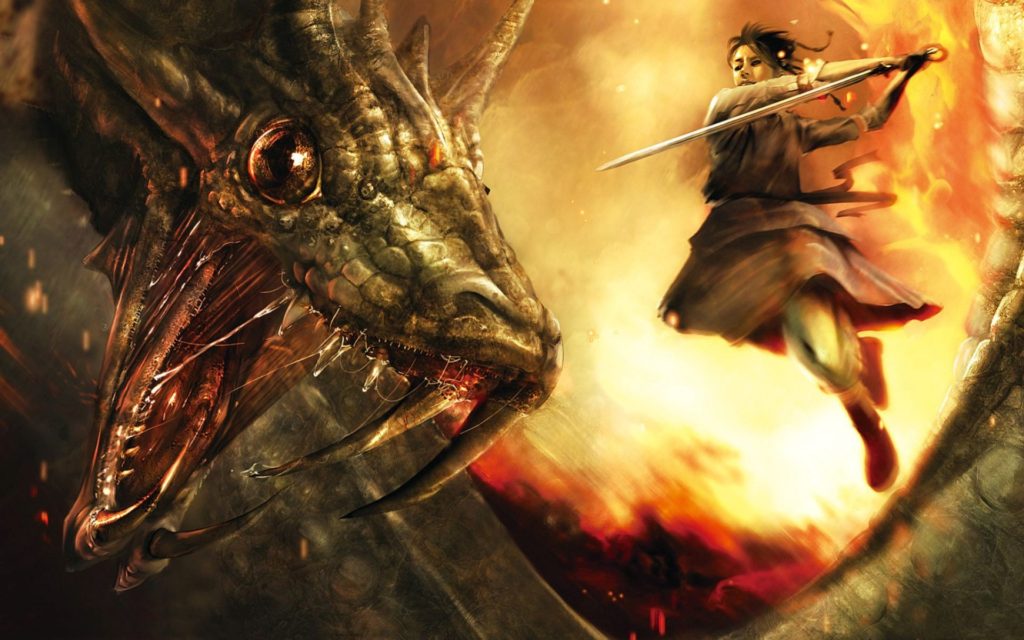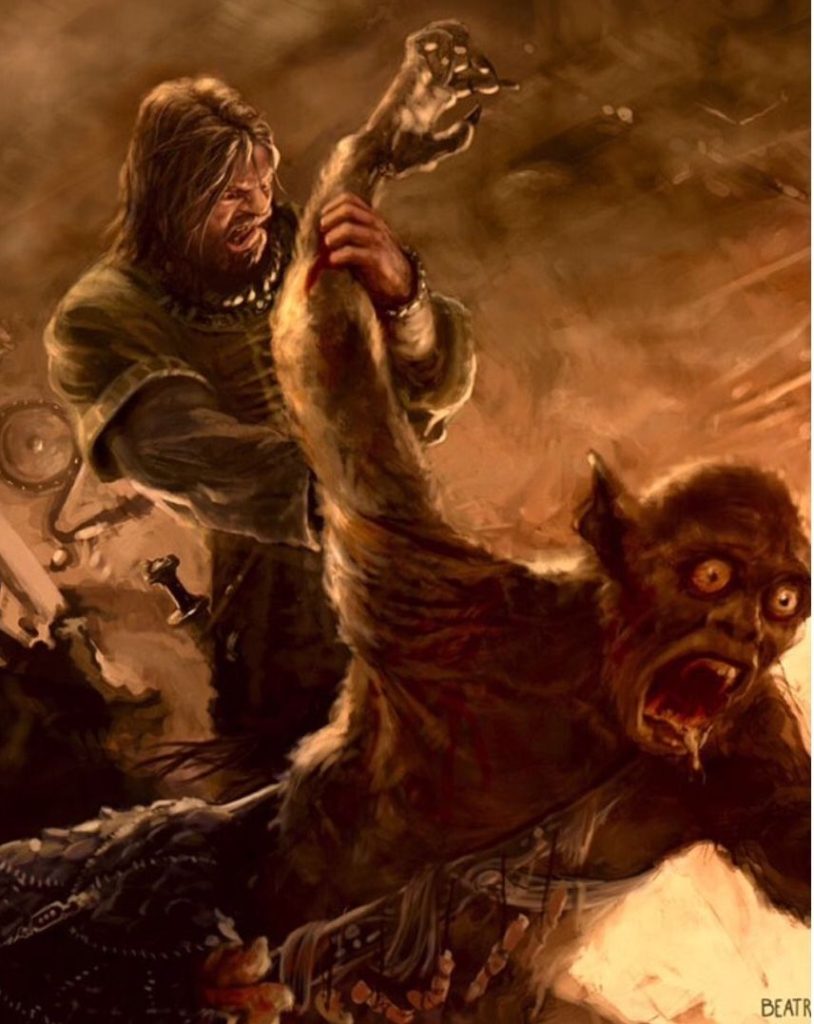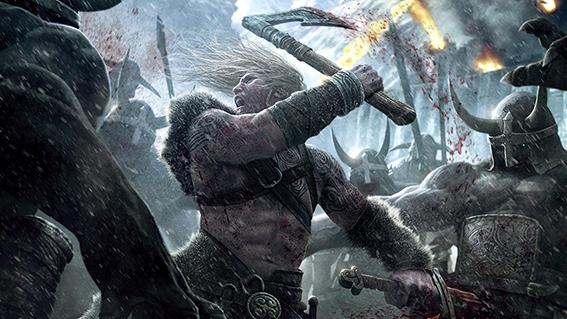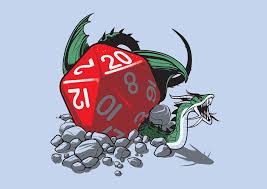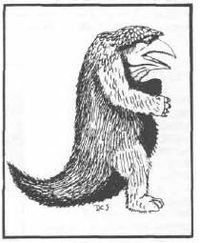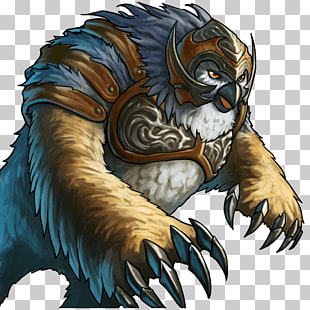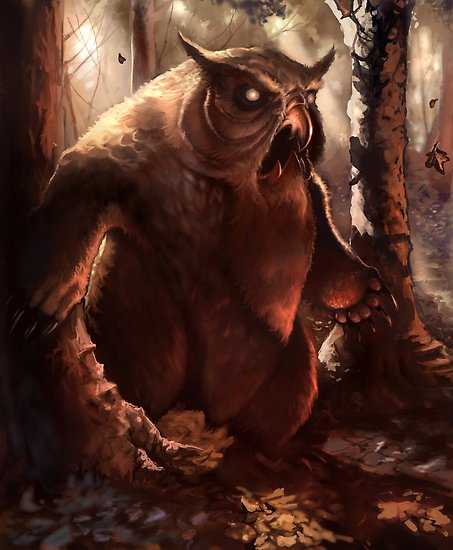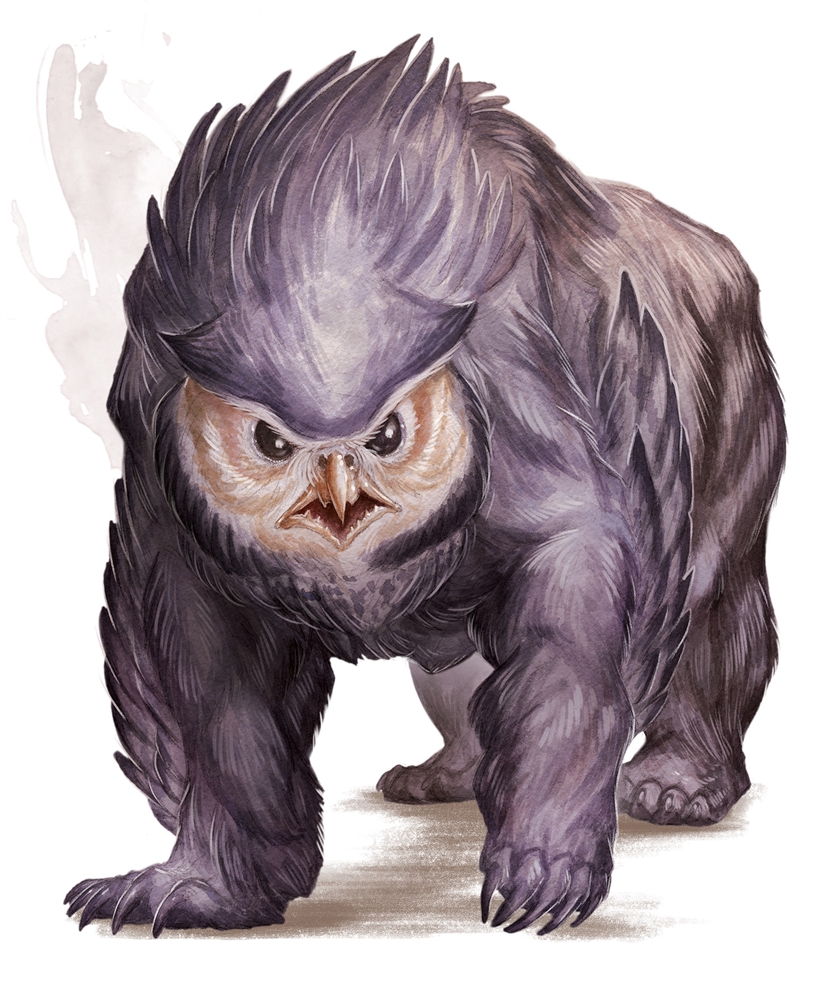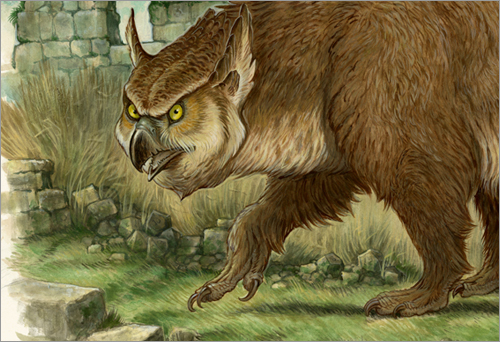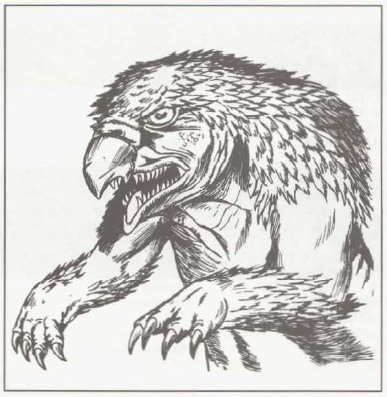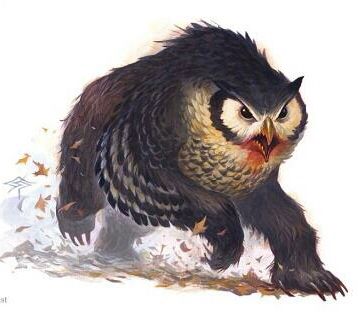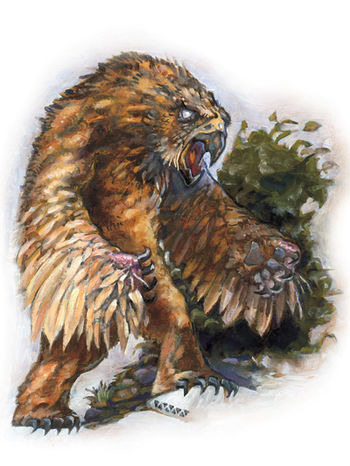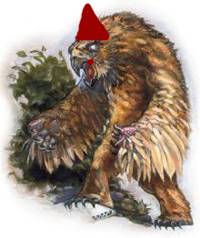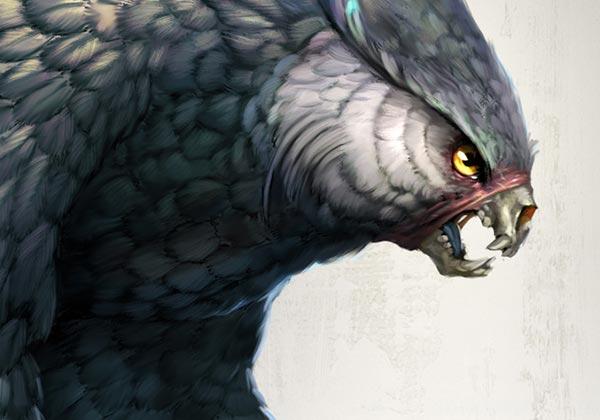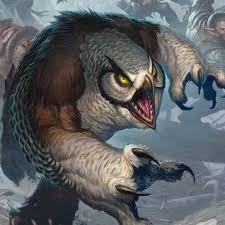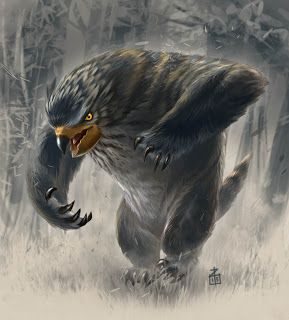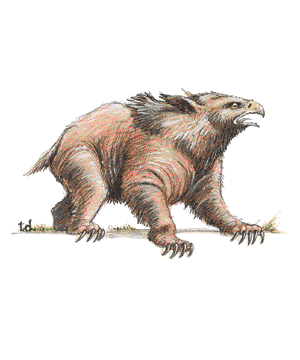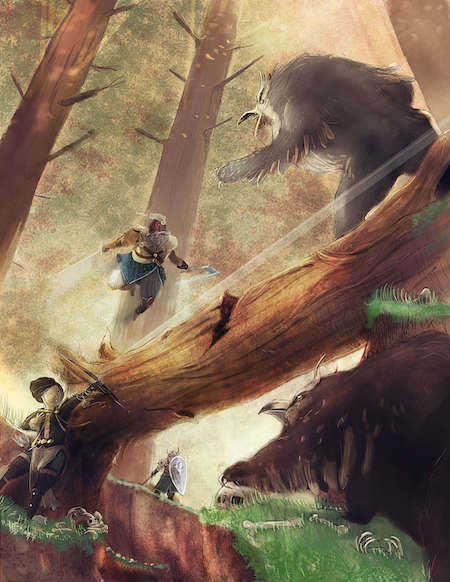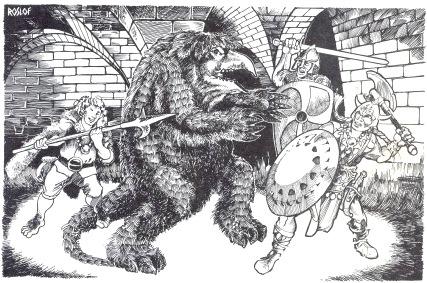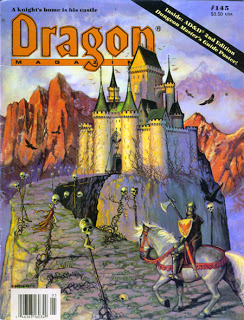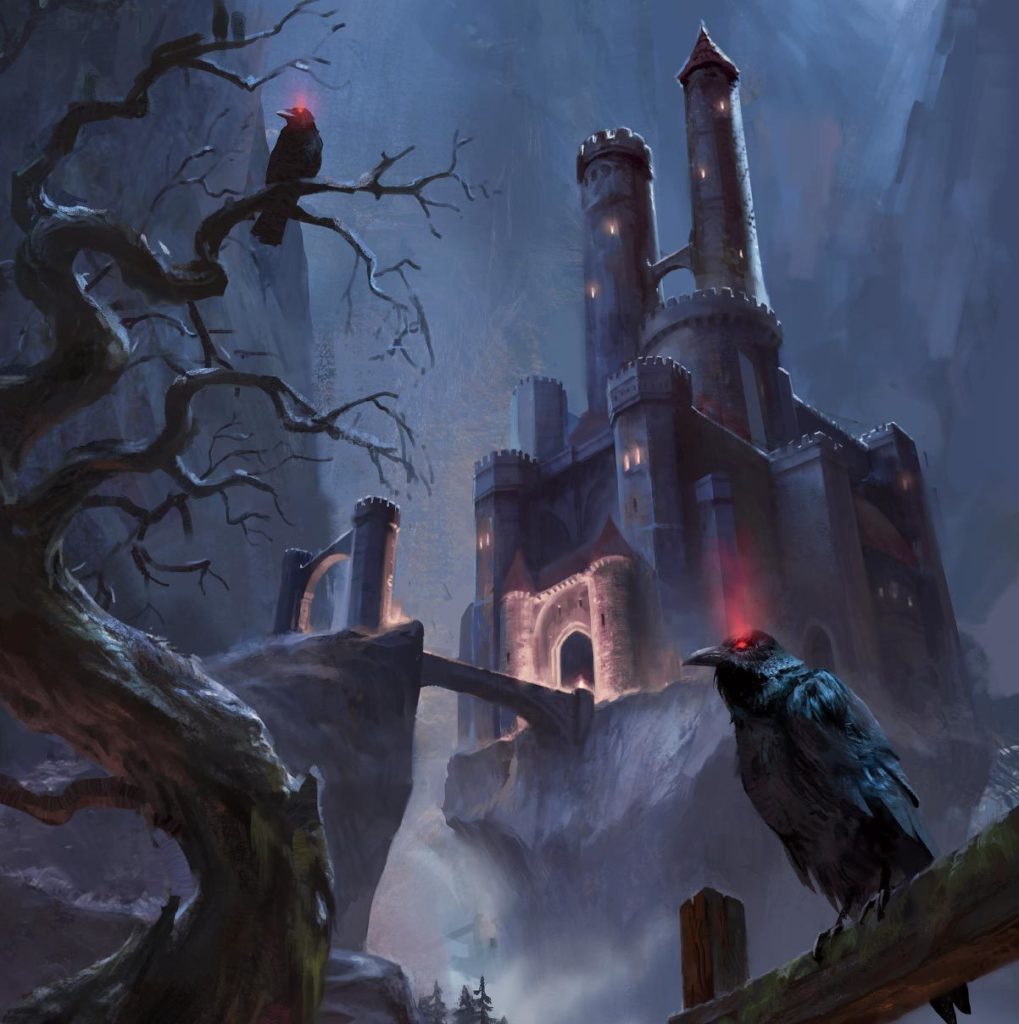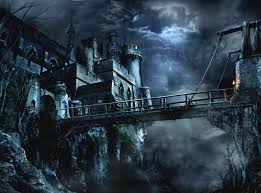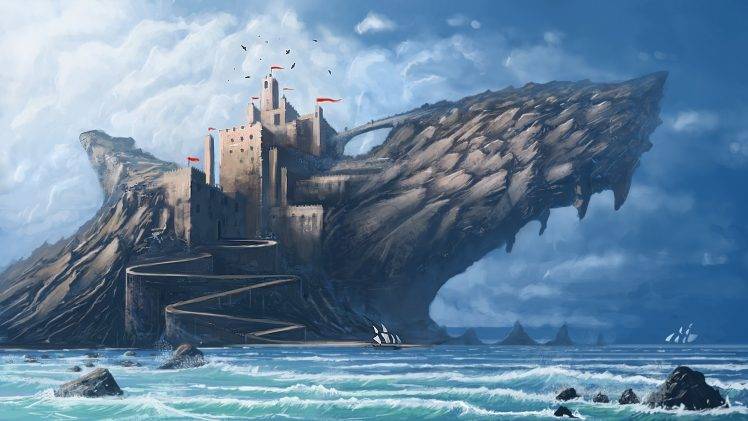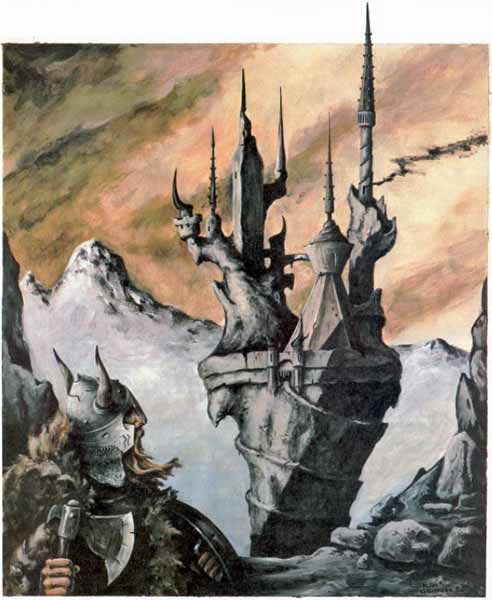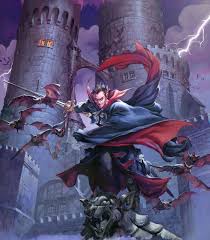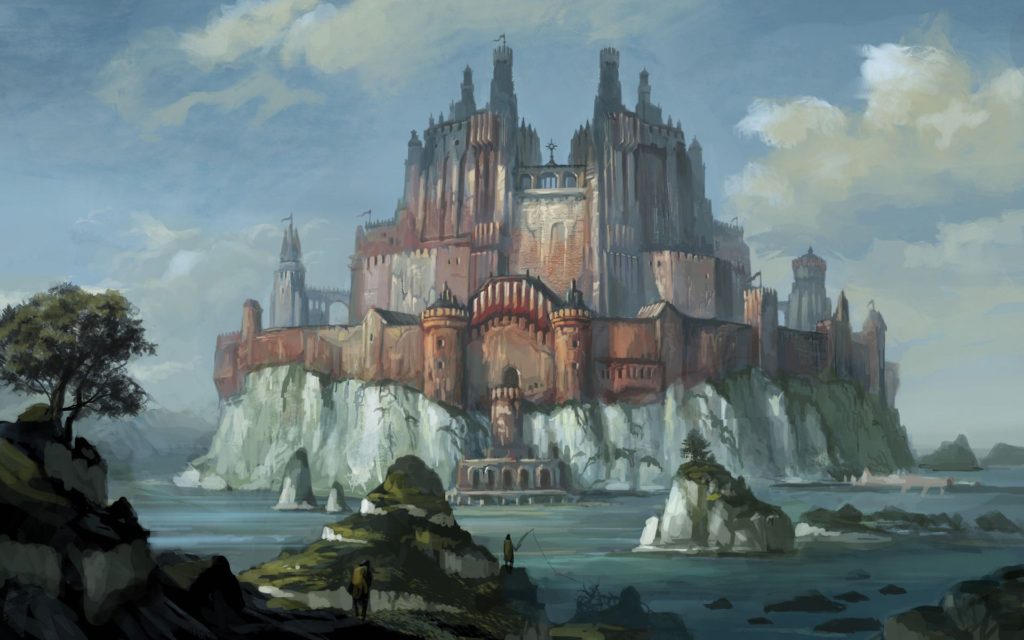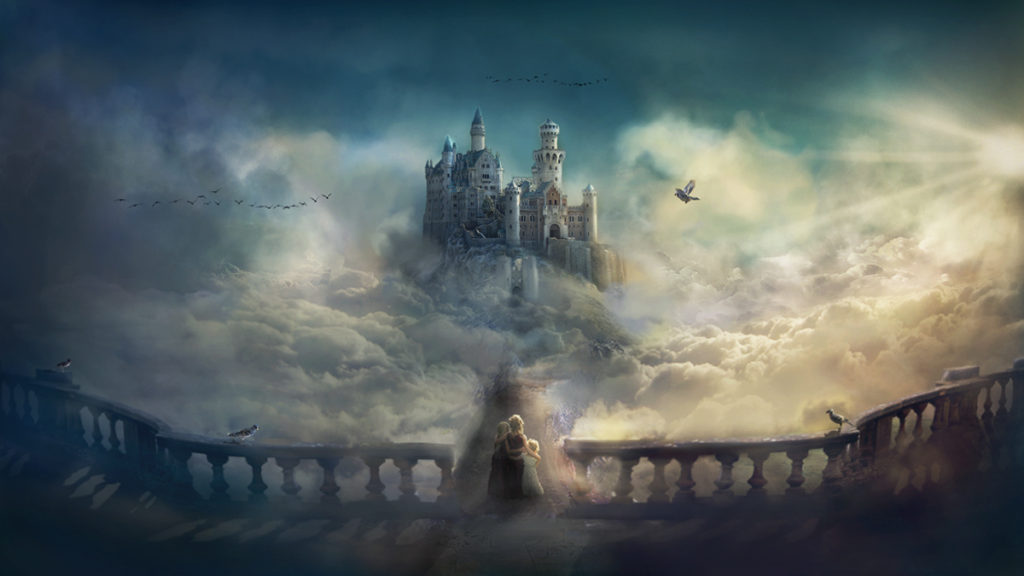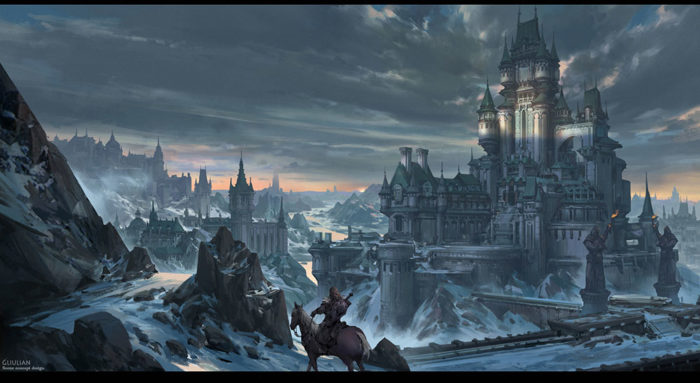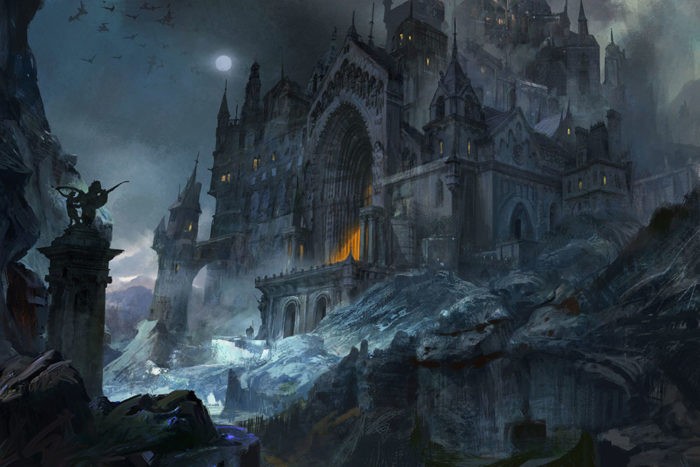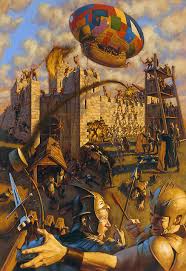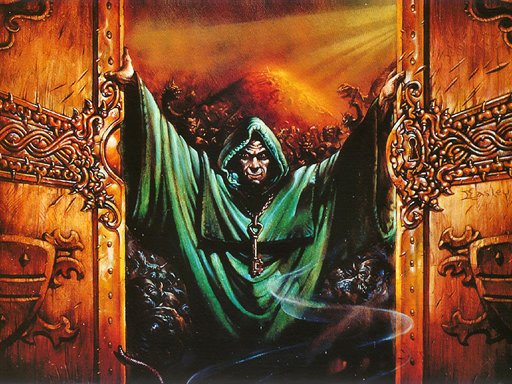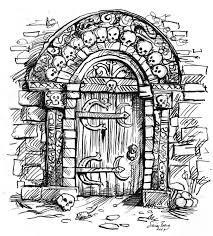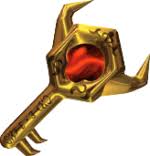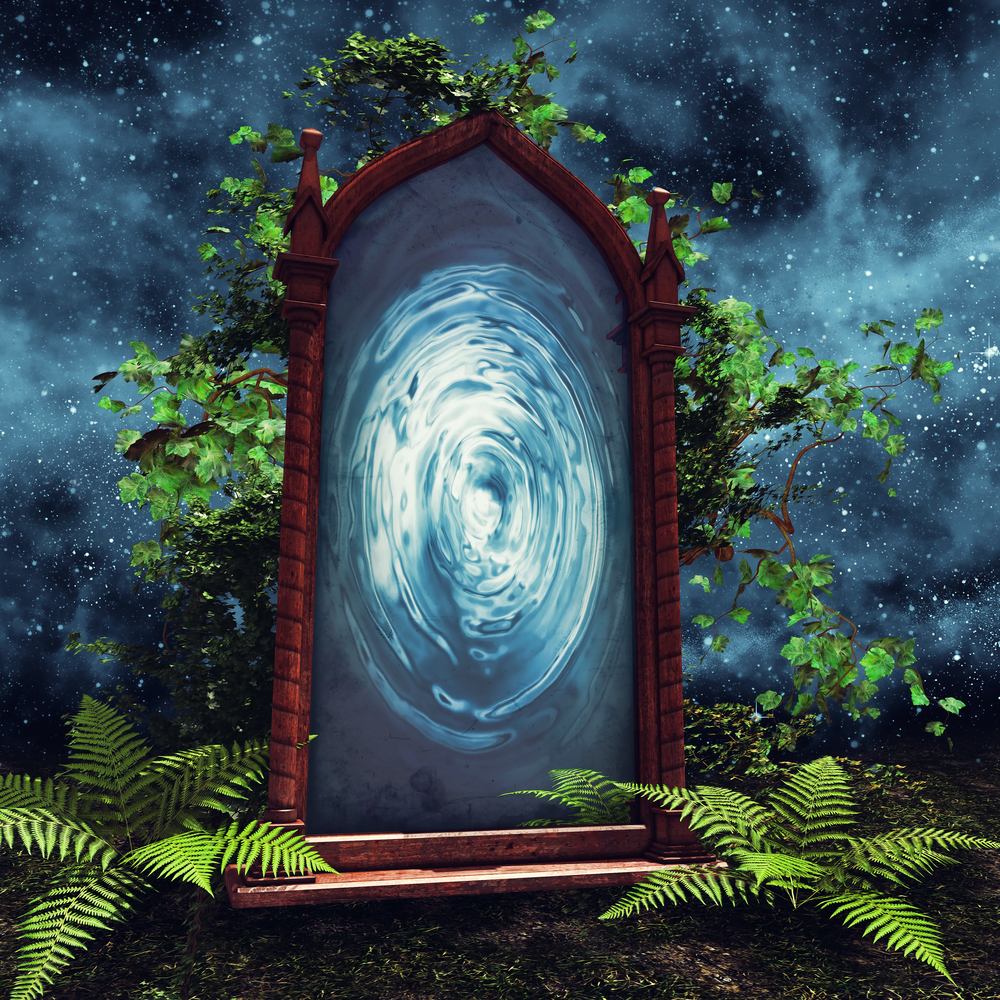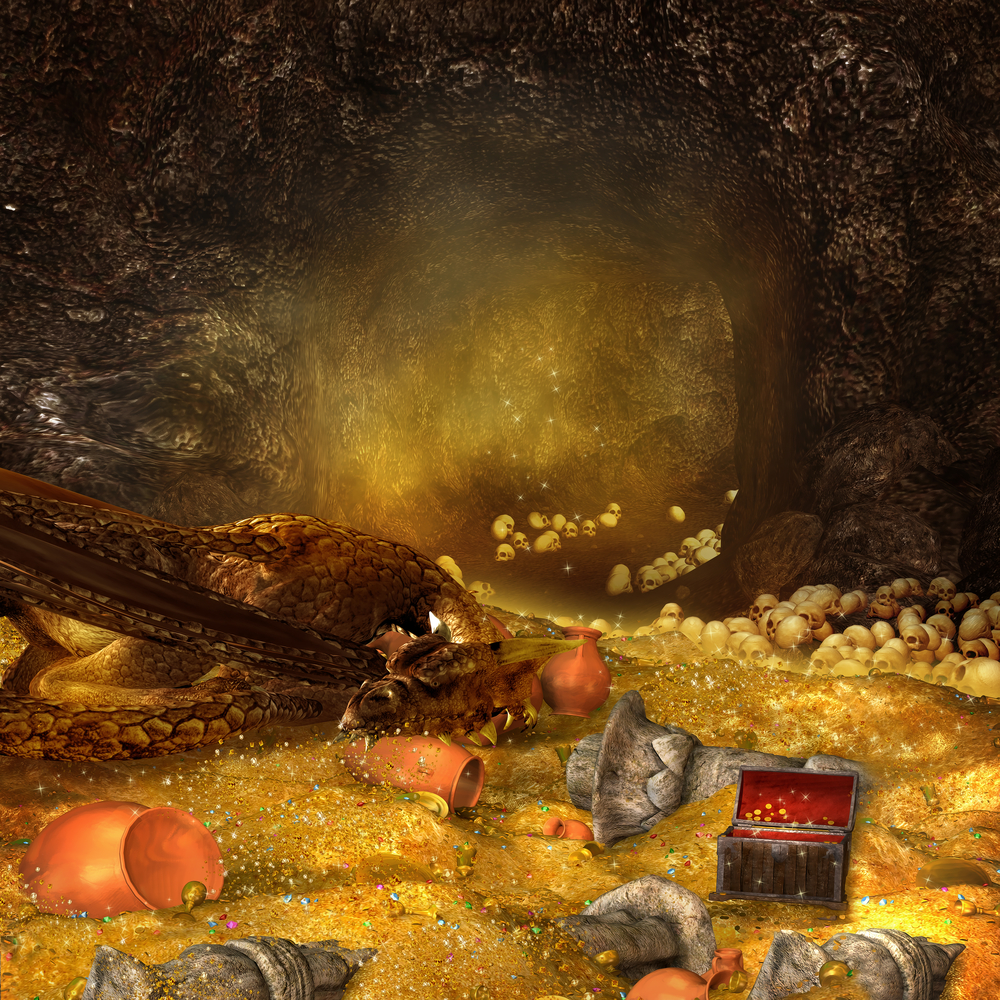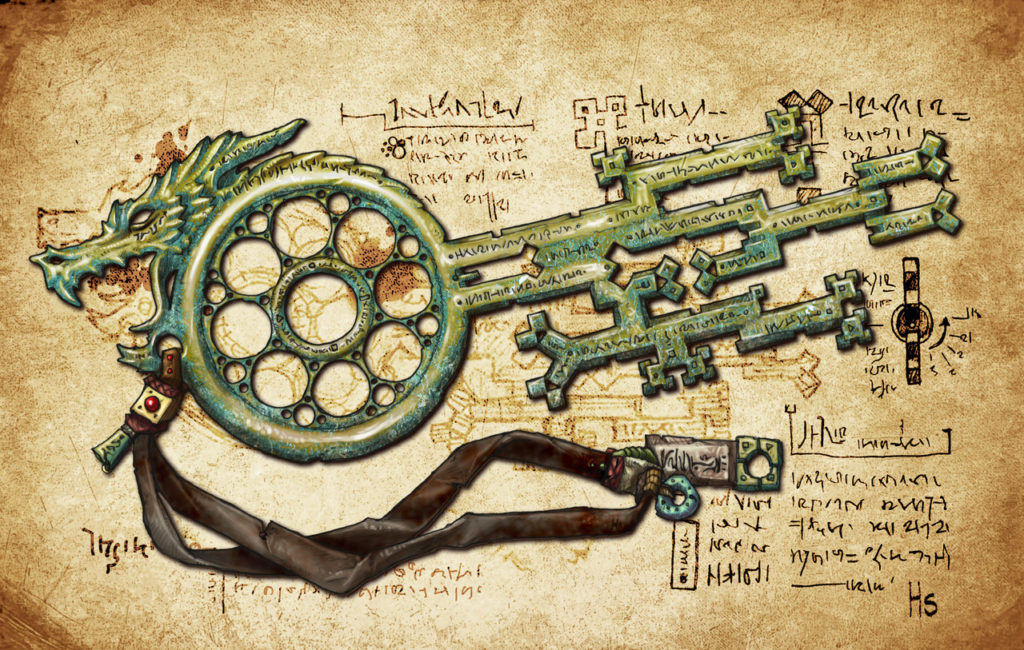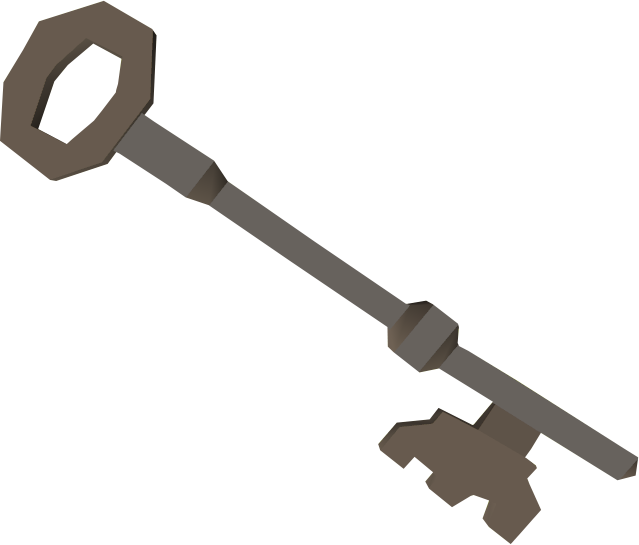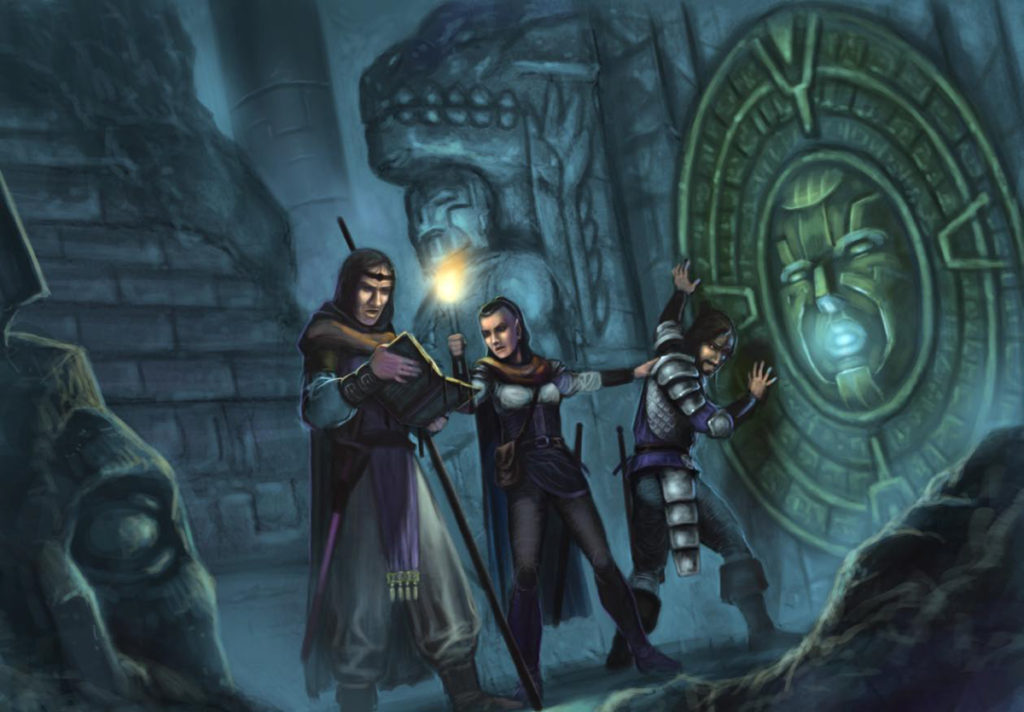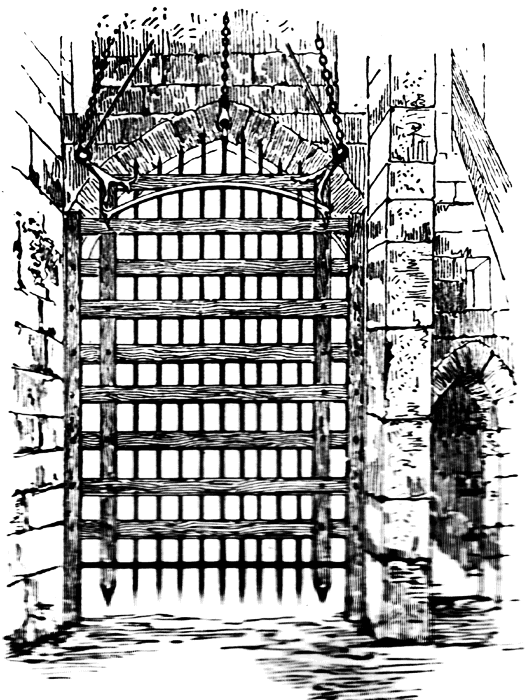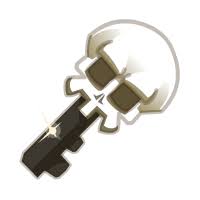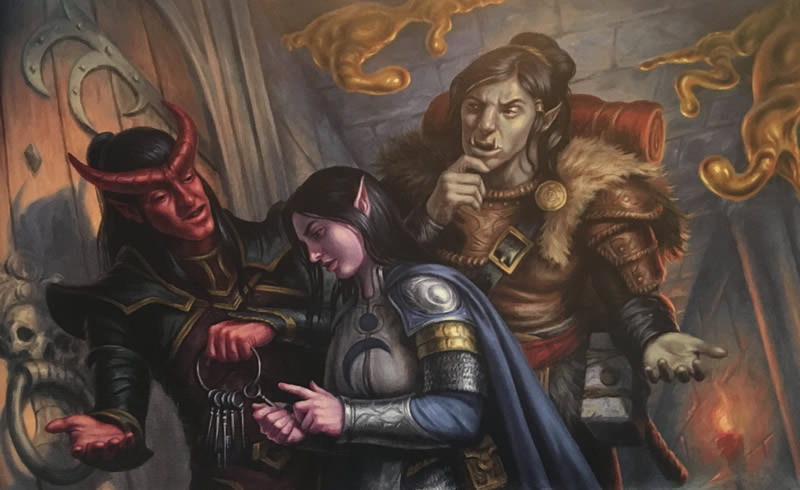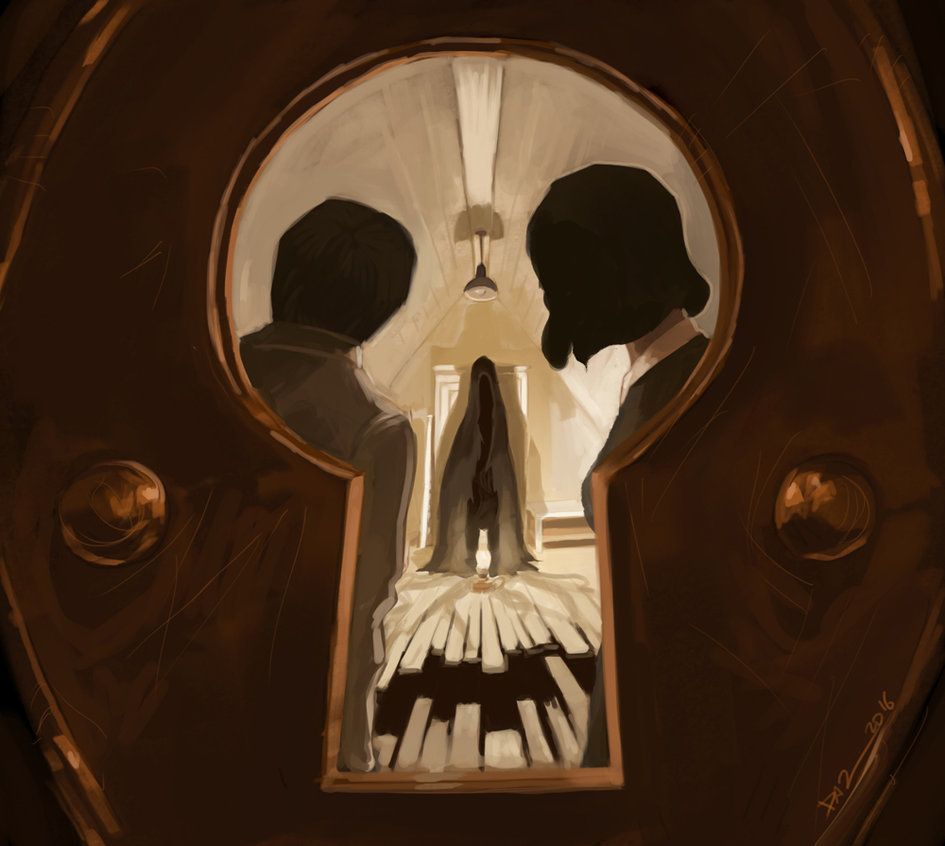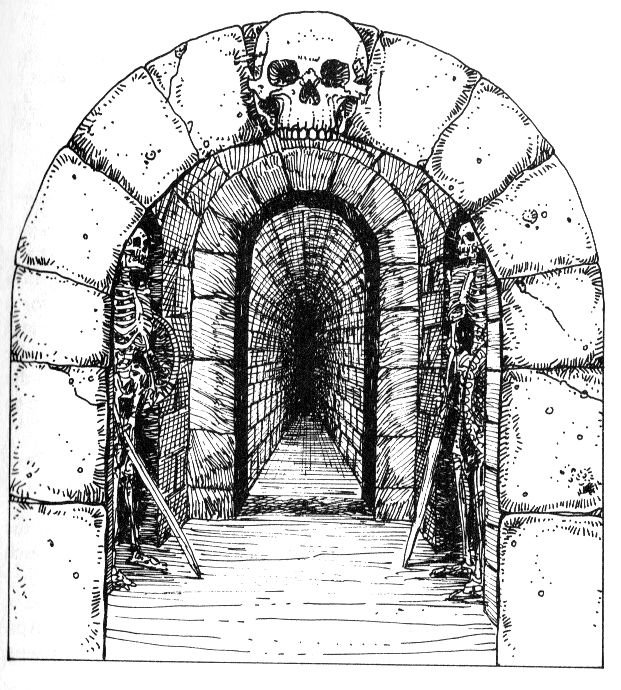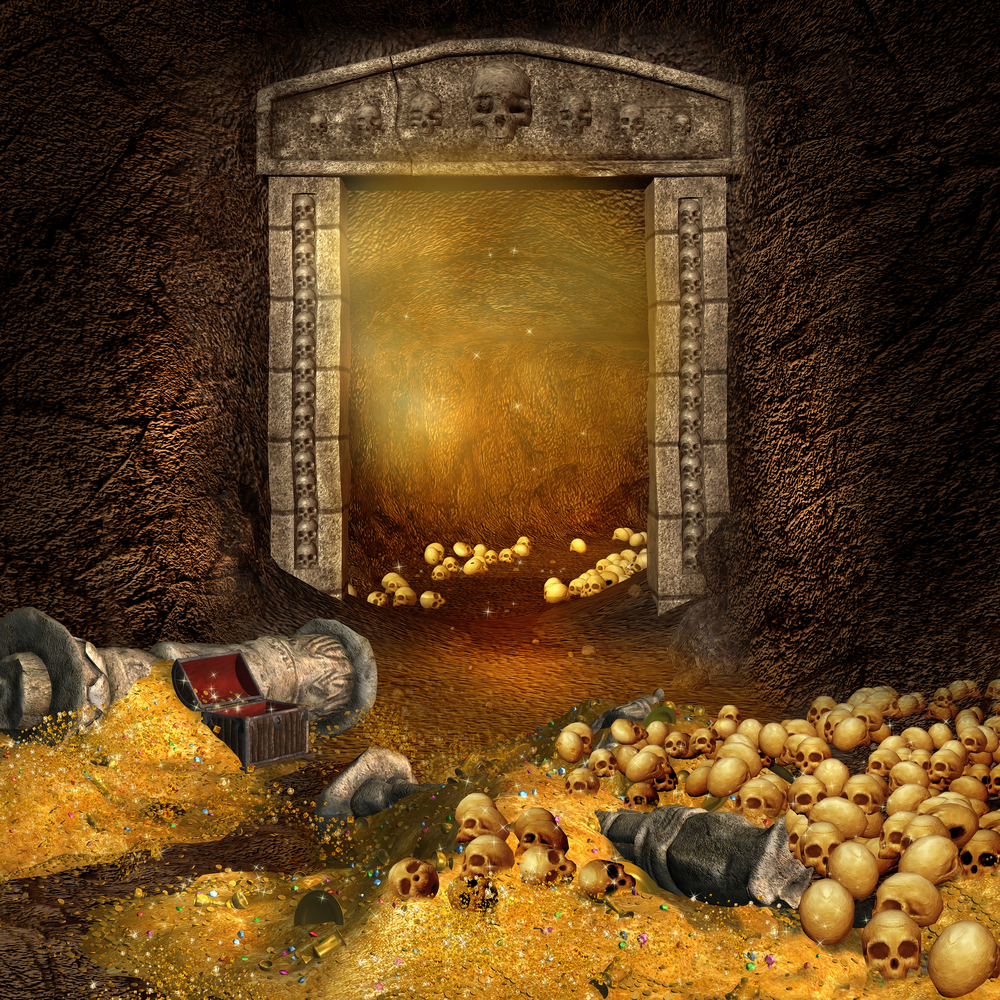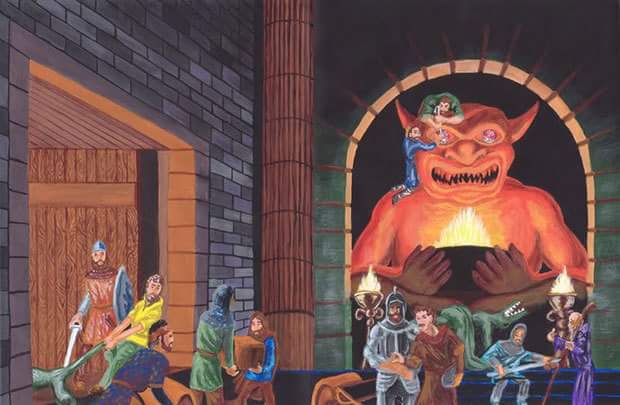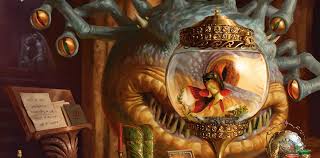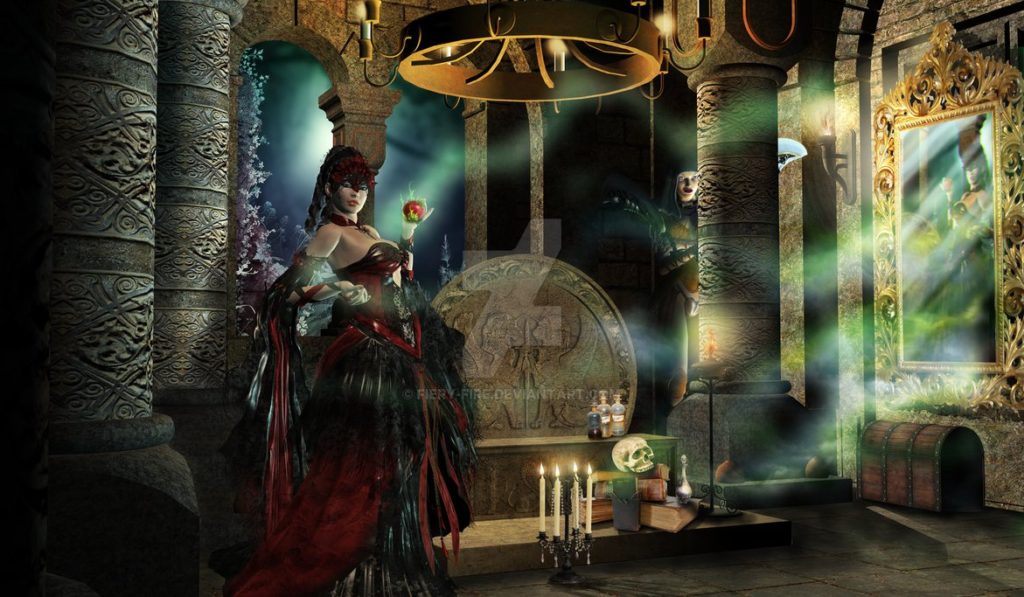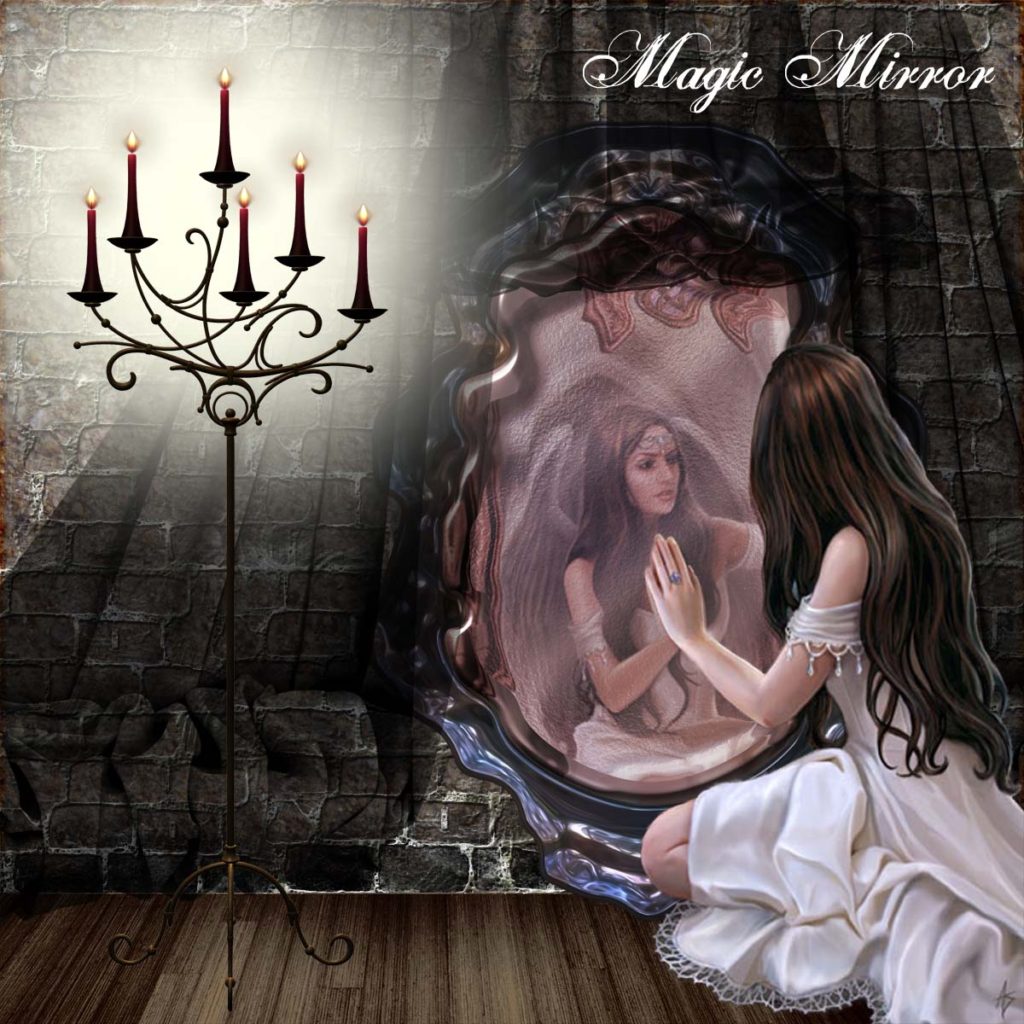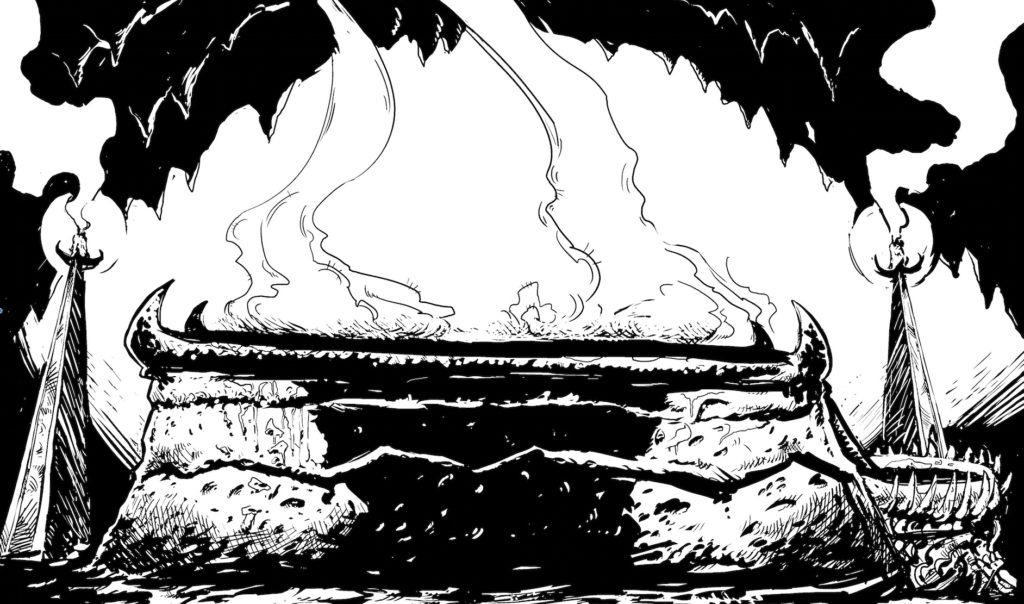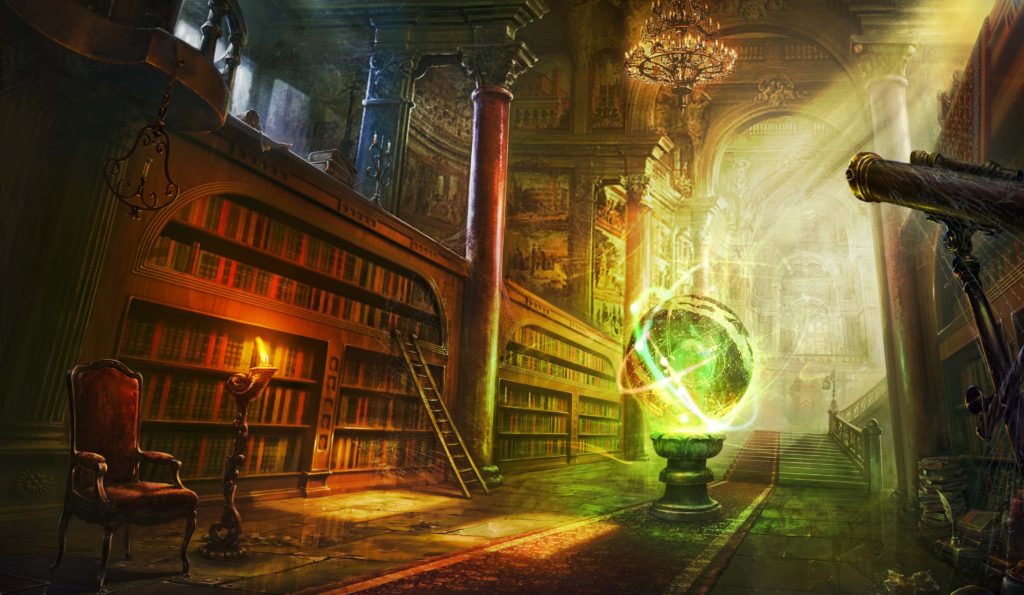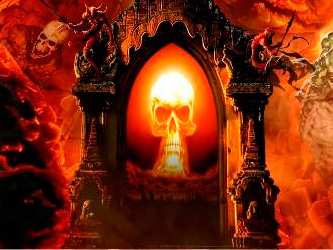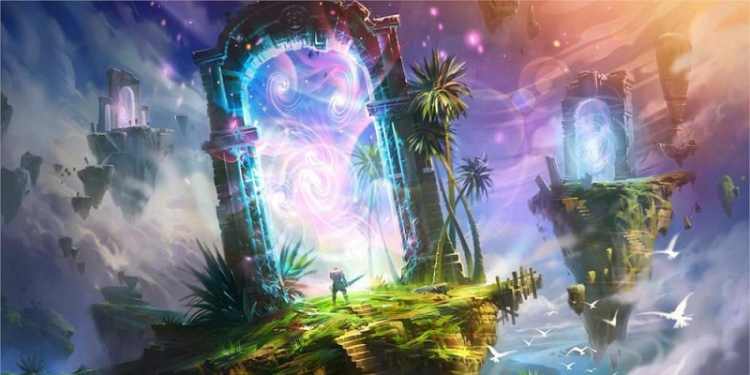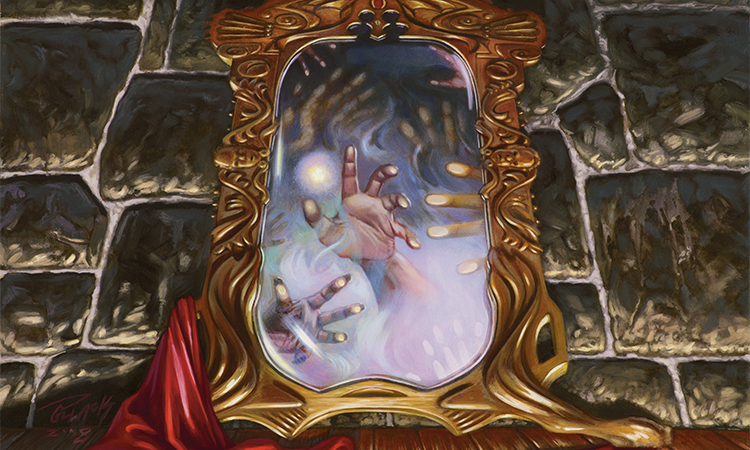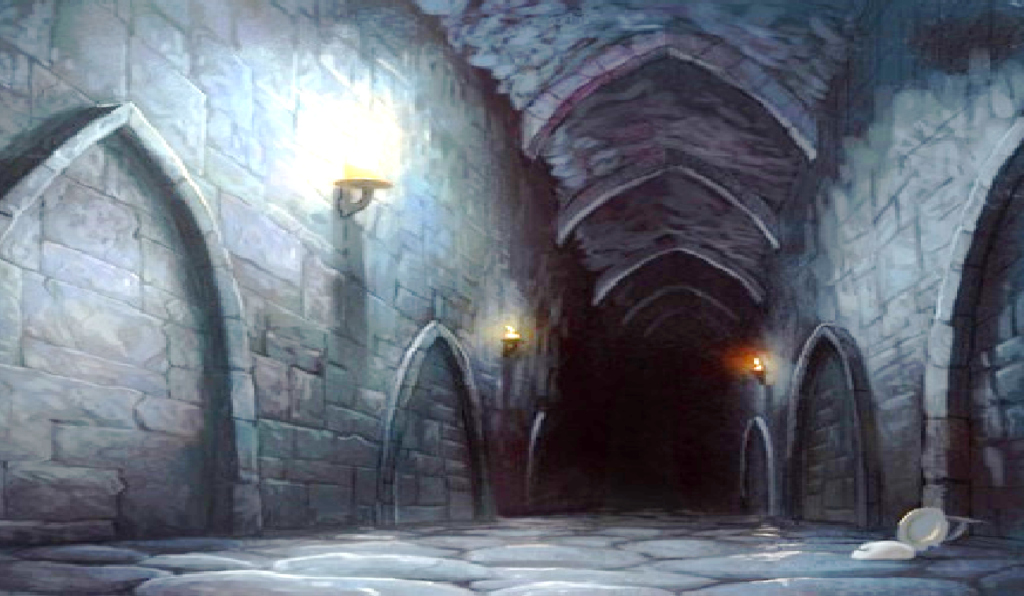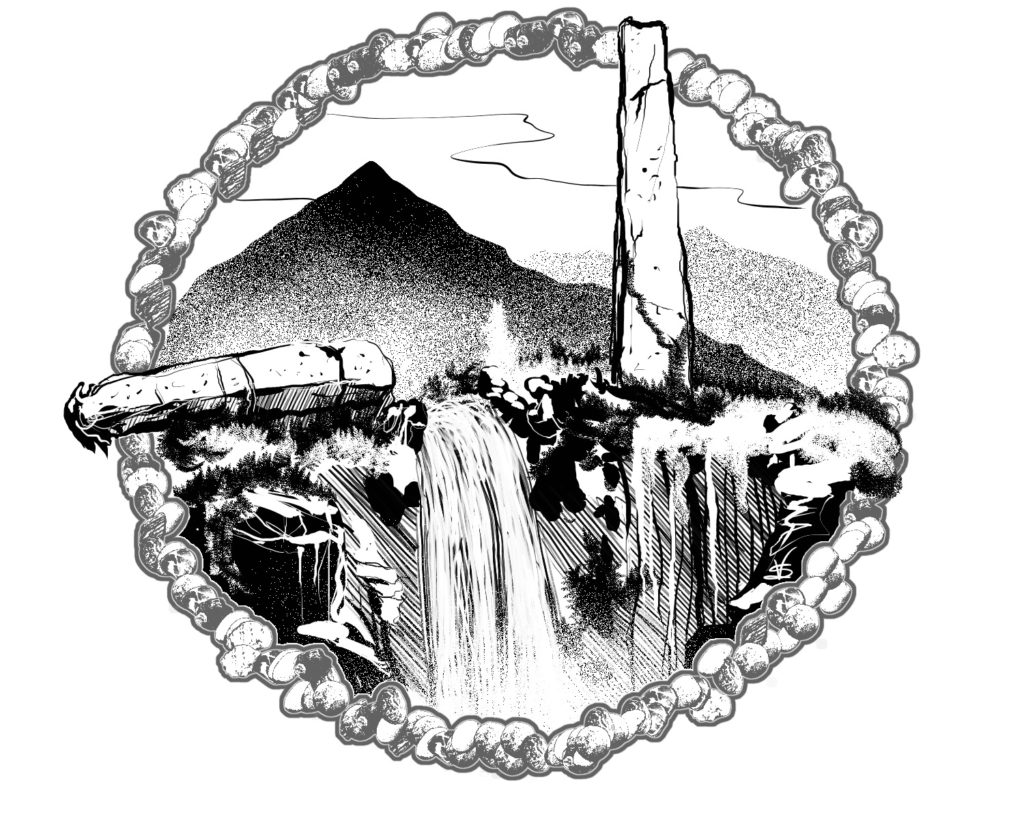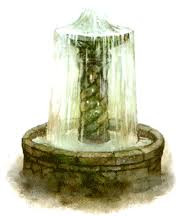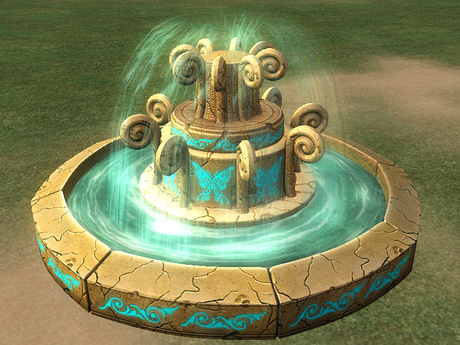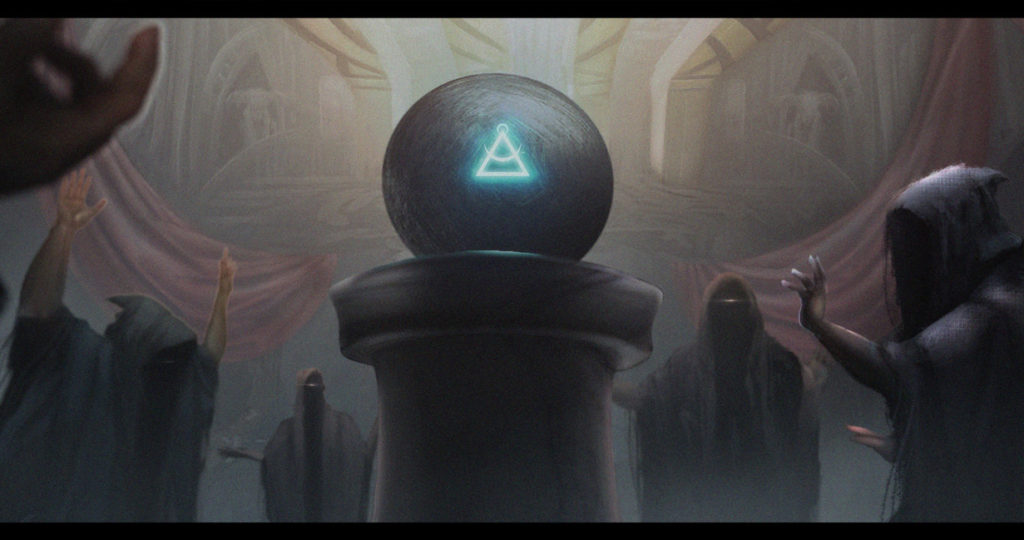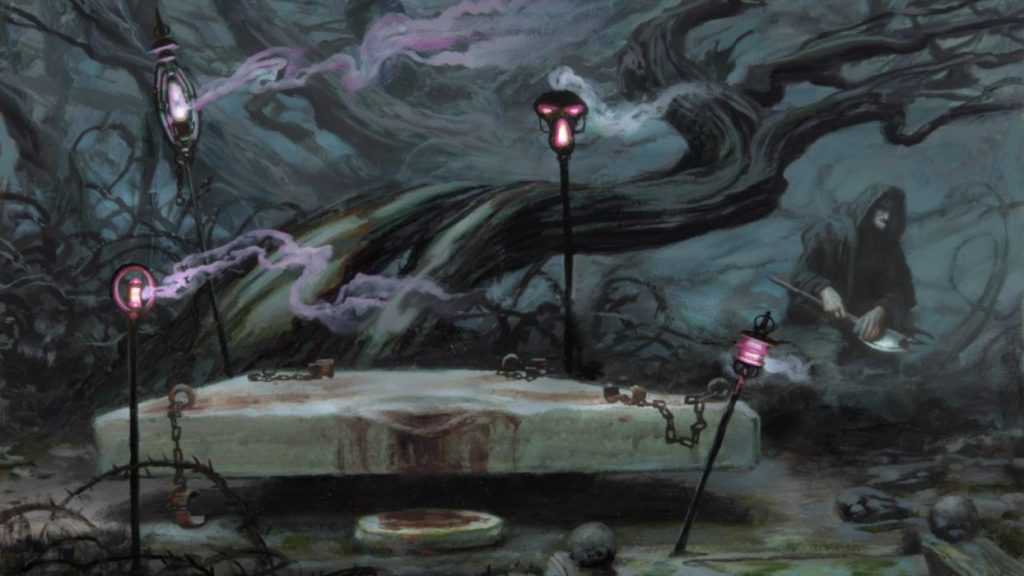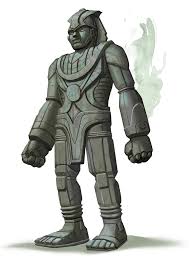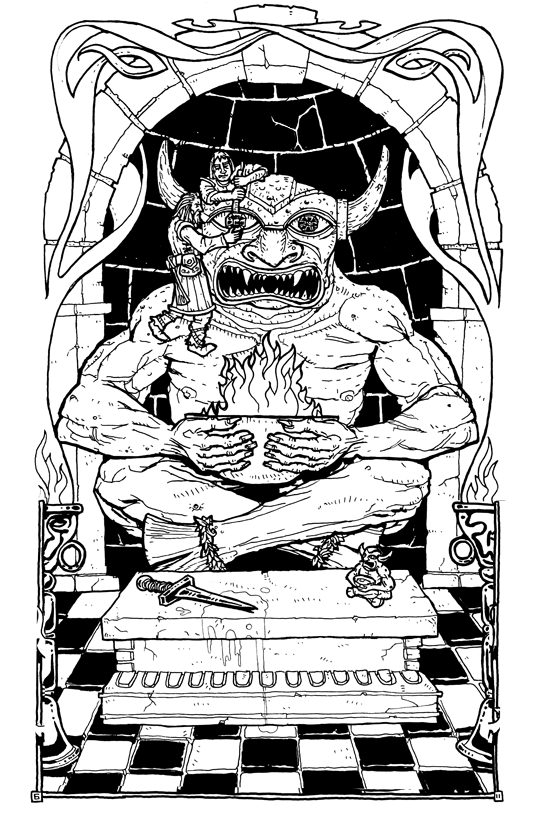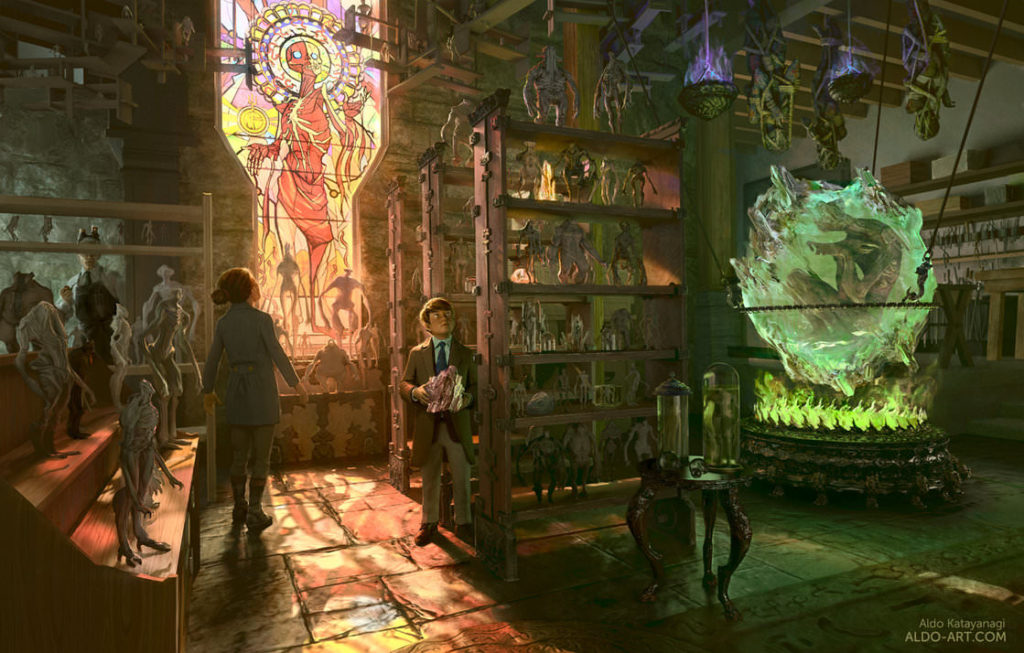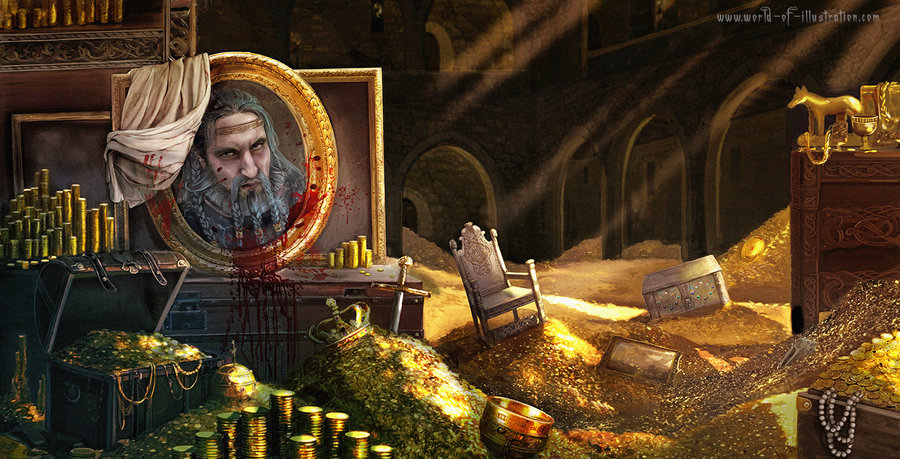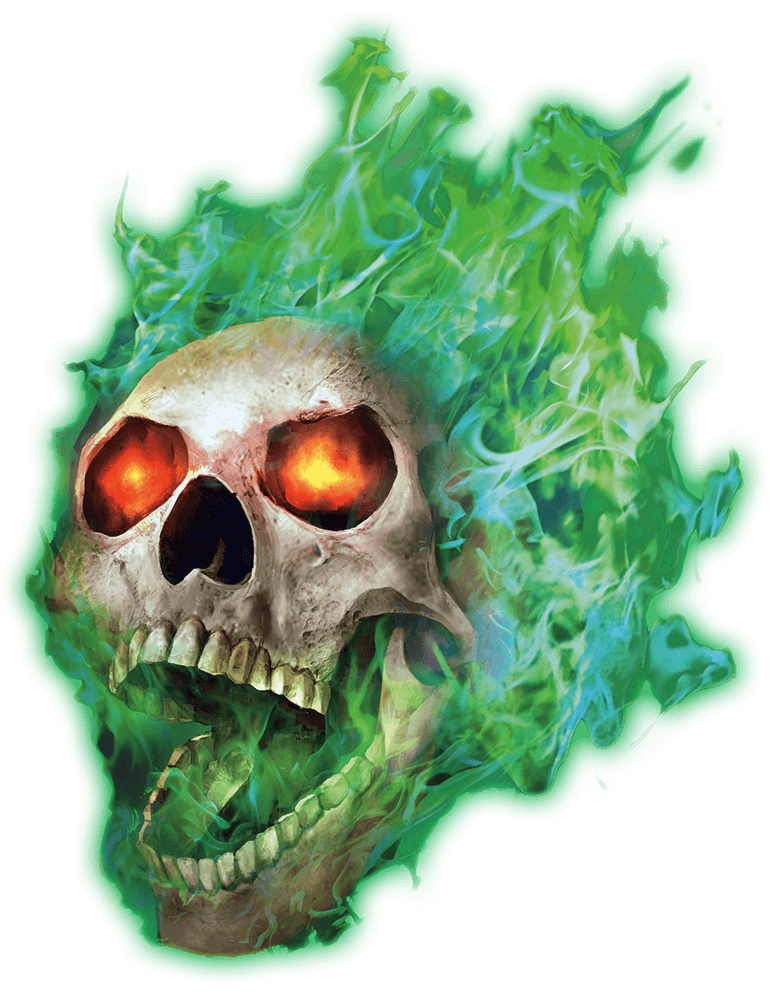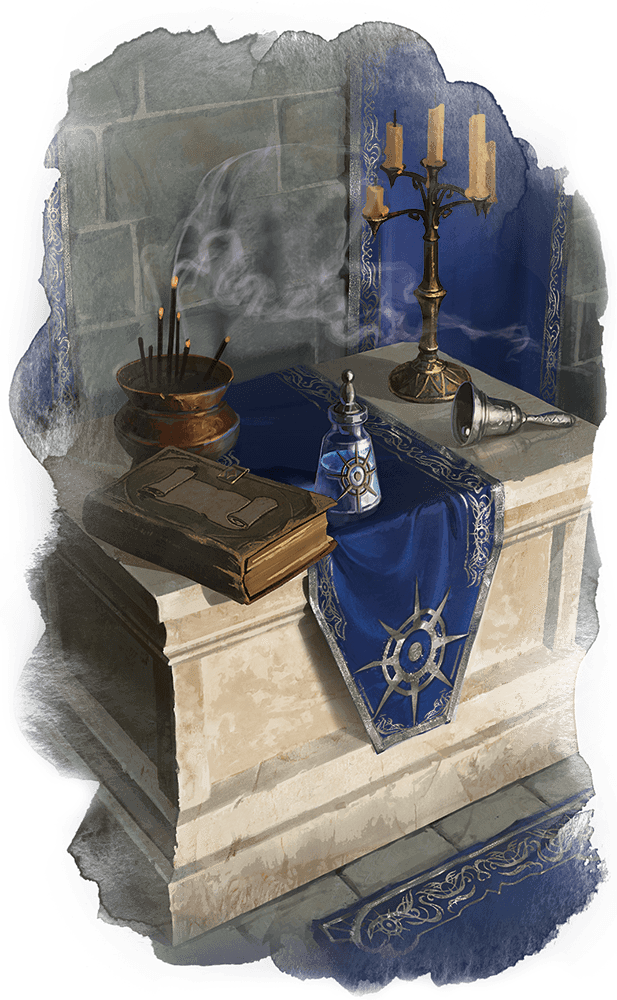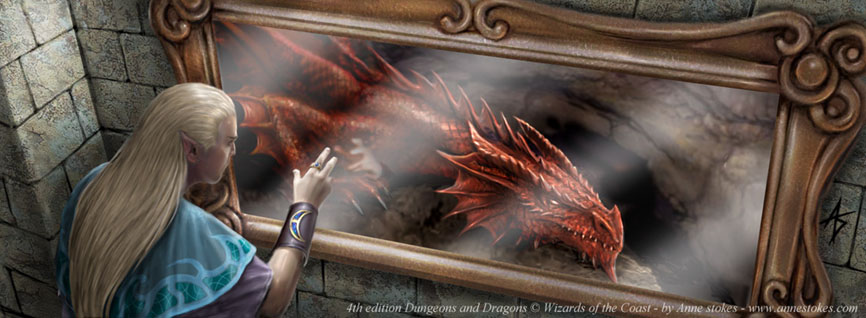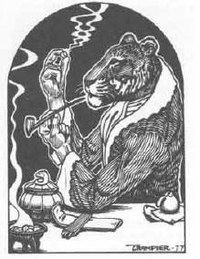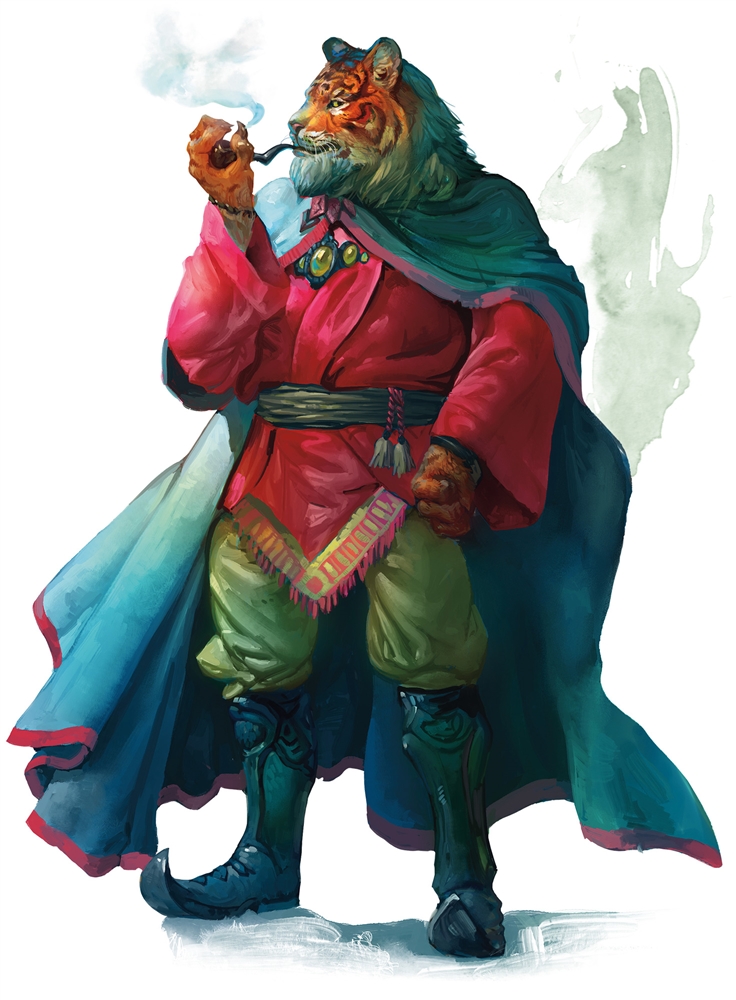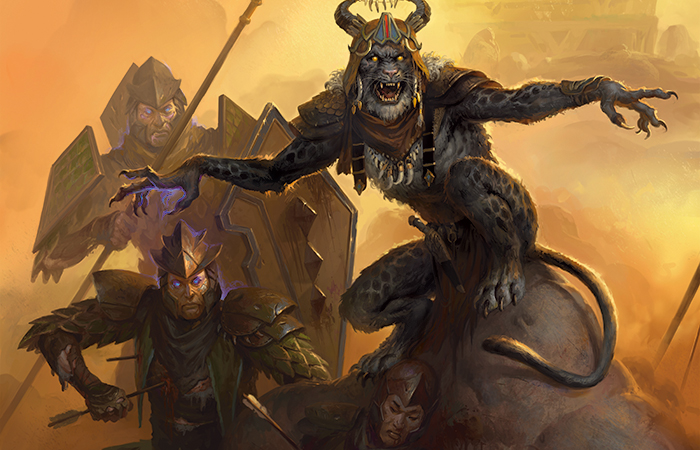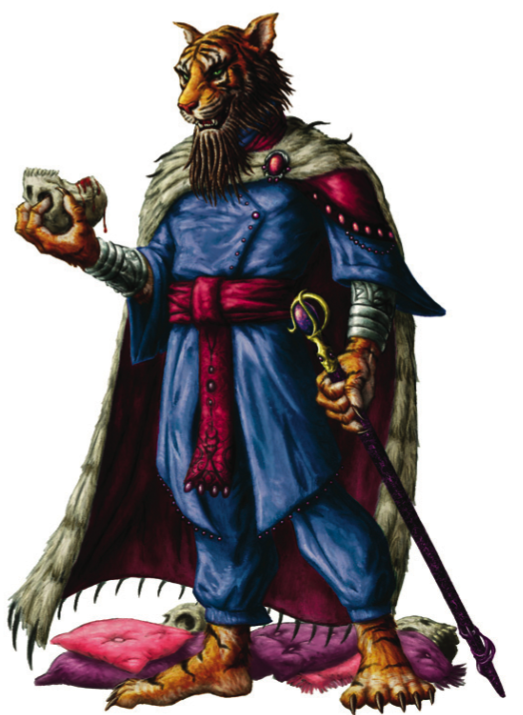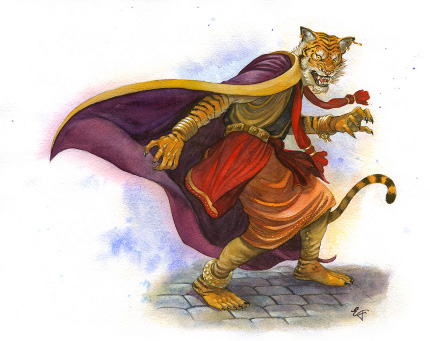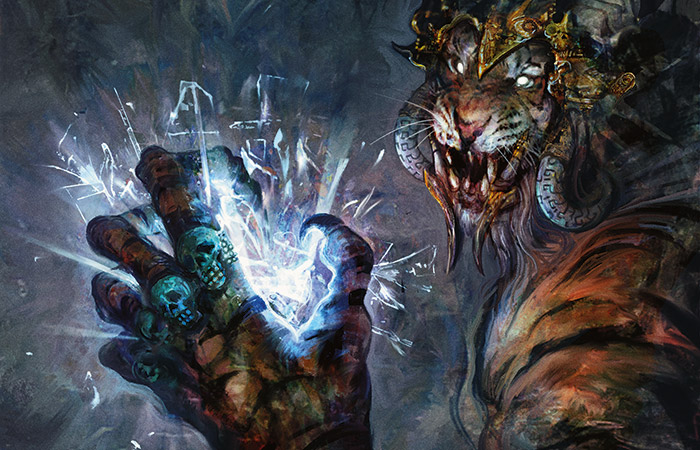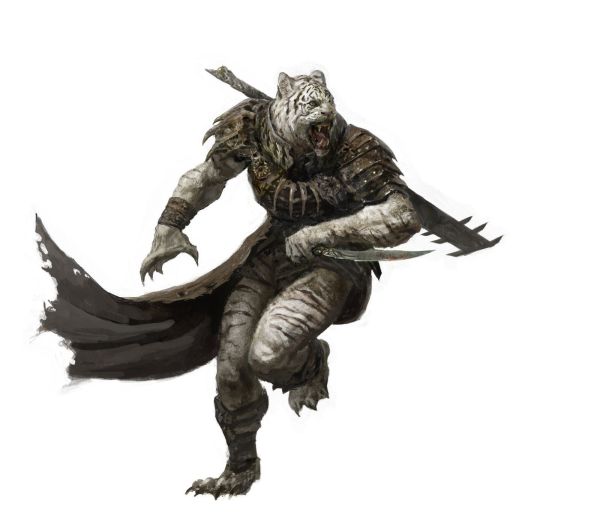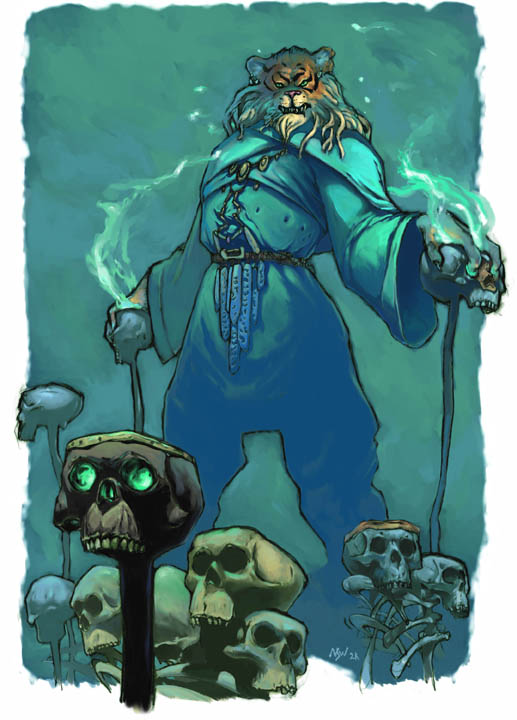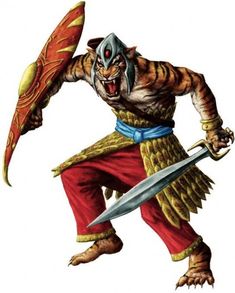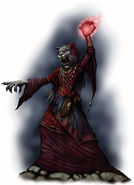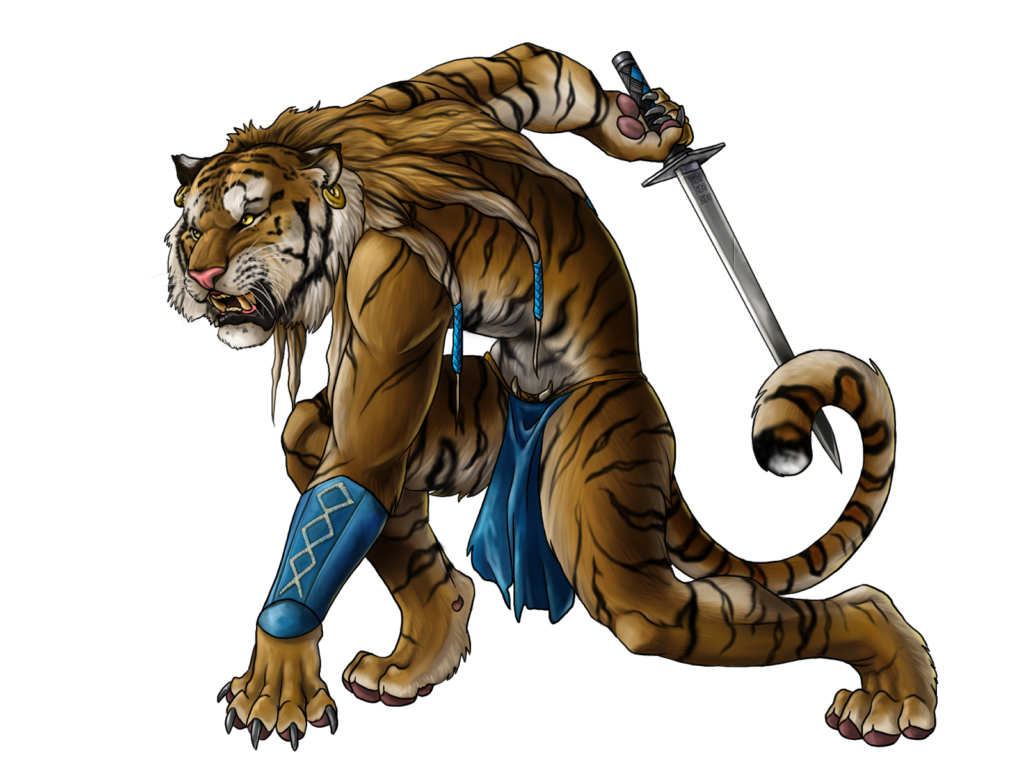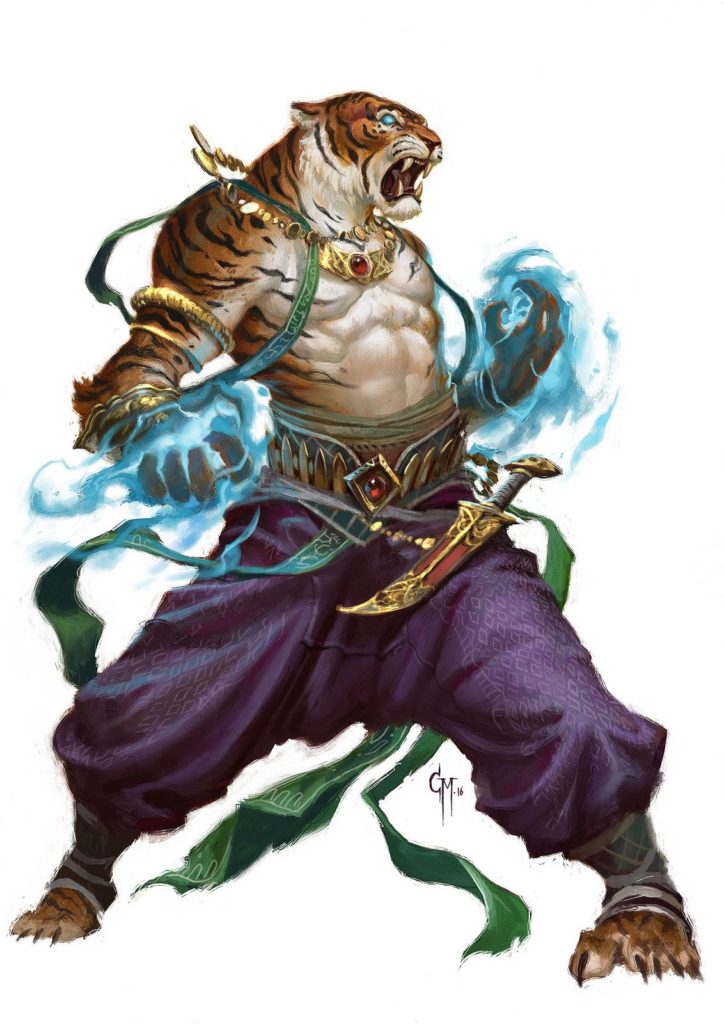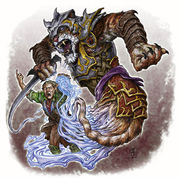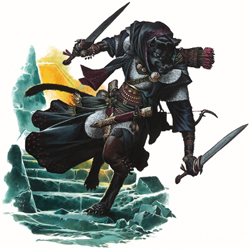The Staff of Power in Dungeons and Dragons is what dreams are made of for wizards. It is the ultimate weapon of mass destruction. The Staff of Power in Dungeons and Dragons first came in existence with the second installment of Dungeons and Dragons entitled “Monsters and Treasure” published in 1974.
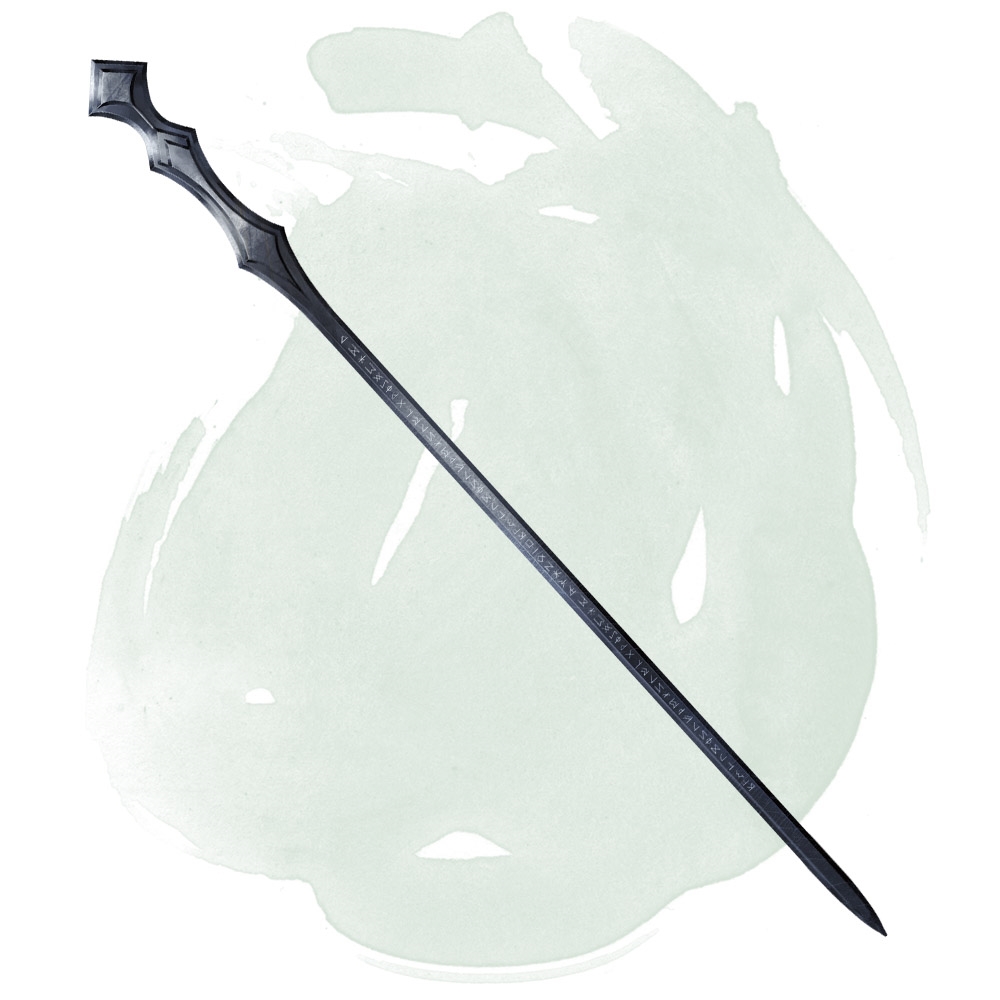
The Staff of Power in Dungeons and Dragons Original Edition
In the Original D&D game the Staff of Power was an awesome find. The wielder of the staff of power had the following powers at his or her disposal:
- Cold
- Fireballs
- Lightning bolts
- Striking (as per the staff of)
- Continual light
- Telekinesis
If the wielder of the staff becomes desperate enough he or she might break the staff and create a “Final Strike” effect. This effect multiplies the number of remaining charges by eight and applies these as hit points of damage to all those within a 3″ radius of the staff when it breaks including the mage wielding it. In later editions this effect was renamed “retributive strike.”
All powers of the staff are expended at the cost of magical charges. This aspect of the staff continues in all editions after this one.
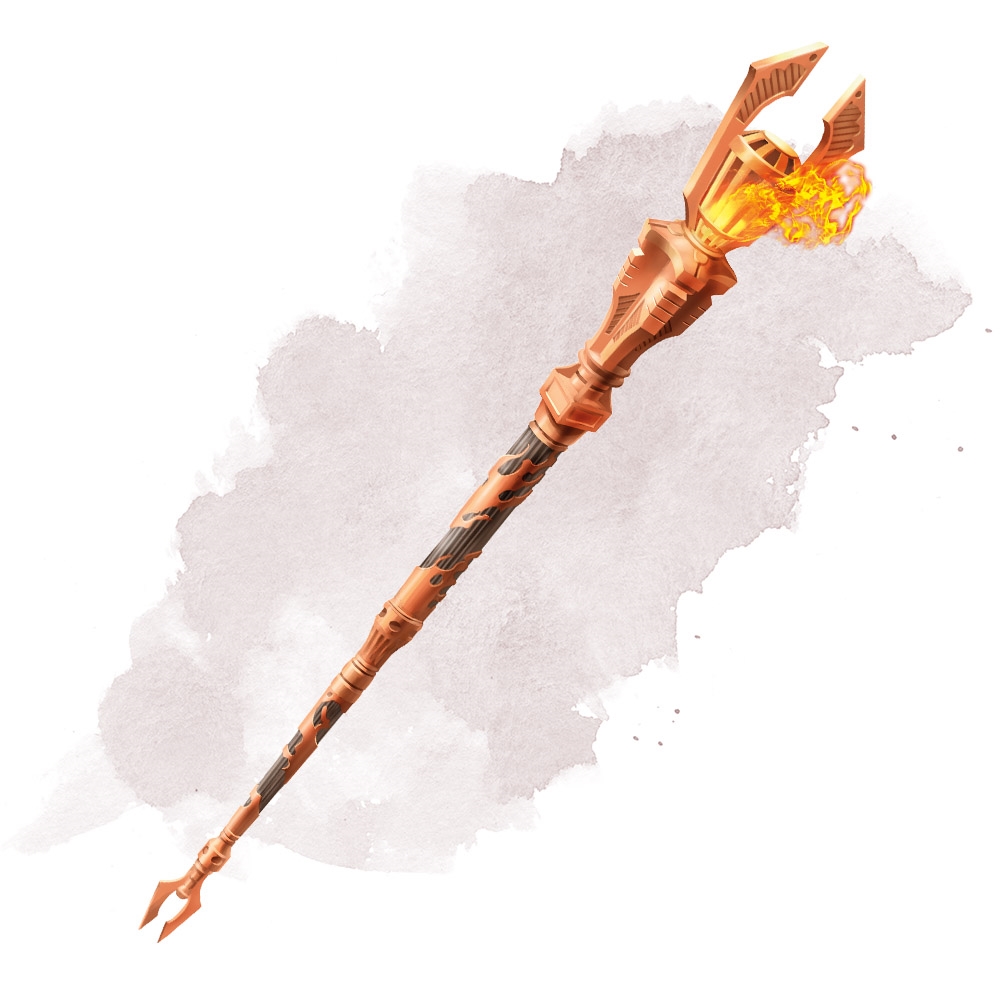
The Staff of Power in Dungeons and Dragons Advanced Editions
Advanced Dungeons and Dragons changed the Staff of Power a bit. The staff is still an incredible find for the magic user lucky enough to be present when one is discovered. The Staff of Power in Advanced Dungeons and Dragons has both offensive and defensive capabilities.
Offensive capabilities include:
- Continual light
- Darkness 5′ radius
- Levitation
- Magic missiles
- Lightning bolts
- Rays of enfeeblement
- Fireballs
- Cones of cold
Defensive capabilities include:
- Shield 5′ radius
- Globe of invulnerability
- Paralyzation
- Wielder of the staff gains +2 to armor class and saving throws
The staff may also be used as a physical weapon to strike opponents and does so at +2 to hit and to damage (3-8 damage). If one charge is used this damage is doubled. Additional charges used will not triple the damage.
The final awesome power of the staff is the Retributive Strike. If the staff is broken then all spell levels of energy left in the staff will be released instantly. Those who are within a certain radius of the staff when broken will take damage as a result as follows:
- Those within 1″ of the staff when it breaks take the full 8 times the spell levels as hit points of damage
- Those within 1-2″ of the staff will take 6 times the spell levels
- Those 2-3″ of the staff will take 4 times the spell levels
A saving throw versus magic reduces the damage taken by one half. The magic user wielding the staff will either be destroyed completely (50%) or sent to another plane randomly (50%).
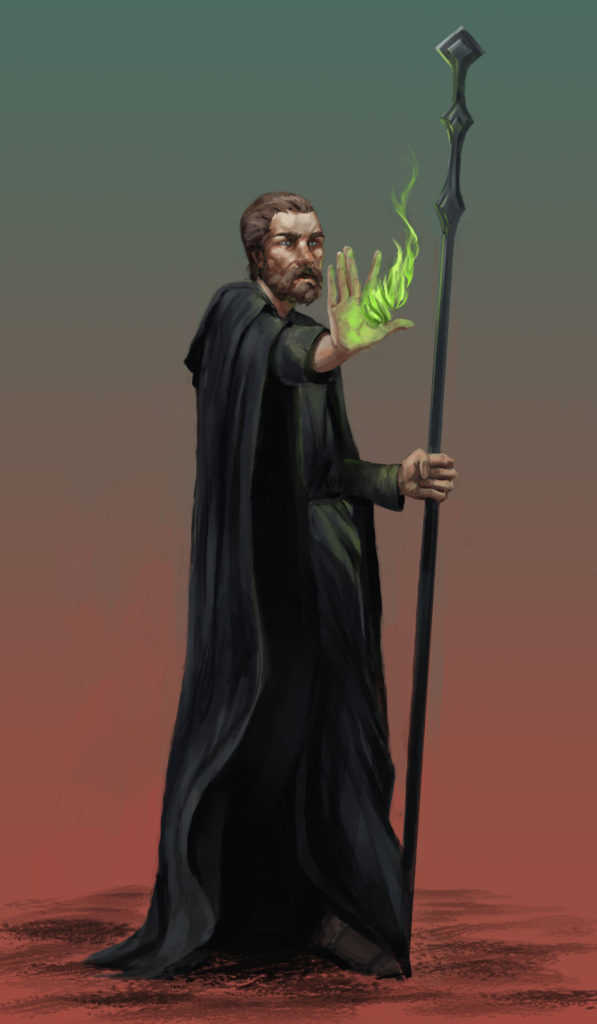
Staff of Power in Dungeons and Dragons 3.5
This edition of Dungeons and Dragons modified the staff a bit from the AD&D version. The description states that the staff is typically found topped by a glistening gem. The powers of the staff are as follows:
- Magic missile
- Ray of enfeeblement
- Continual flame
- Levitate
- Lightning bolt
- Fireball
- Cone of cold
- Hold monster
- Wall of force
- Globe of invulnerability
- The staff imbues a +2 luck bonus to armor class and saving throws
- The staff may be used as a +2 weapon in combat and at a cost of one charge may do double damage
- Retributive strike similar to that of AD&D but using distance in terms of squares from the staff wielder
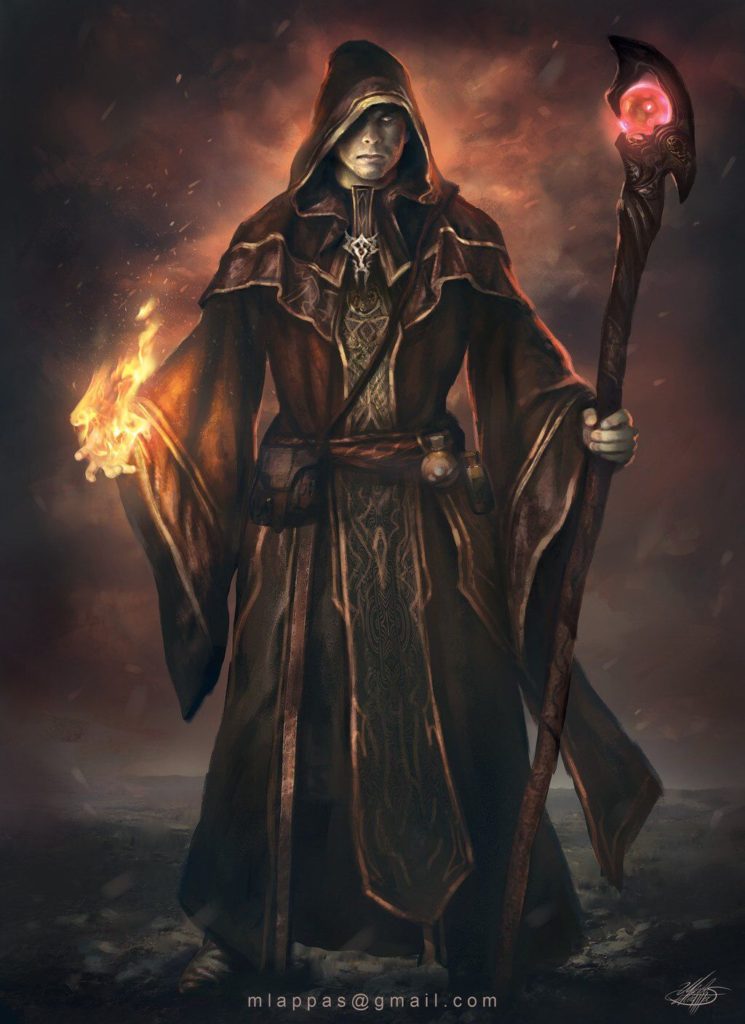
Staff of Power in Dungeons and Dragons 5th Edition
Even in the newest edition of the game the Staff of Power remains a powerful device for wizards and mages to wield. The powers of the 5th Edition version of the staff include:
- +2 attack bonus and to damage rolls
- +2 bonus to armor class
- Staff comes with 20 charges and regains 2D8+4 charges daily at dawn
- If all charges of the staff are expended the DM must roll a D20. On a roll of one the staff loses all properties other than the +2 bonus to hit and damage on a 20 the staff regains 1D8+2 charges
- Power strike – expend one charge in a melee attack with the staff and do an extra 1D6 force damage to the target
At a cost of charges the staff will do the following spell like powers:
- Cone of cold
- Fireball
- Globe of invulnerability
- Hold monster
- Levitate
- Lightning bolt
- Magic missile
- Ray of enfeeblement
- Wall of force
The staff still has it’s final devastating power….the retributive strike. If the staff is broken it releases it’s remaining magical energy in a 30 foot radius from the wielder. The wielder of the staff will either be sent to another plane (50% chance) or lose 16 times the number of charges in the staff as hit points of force damage. Everyone else in the area of effect must make a DC 17 dexterity saving throw or take force damage as follows:
- Those 10 feet away or closer take 8 times the number of charges left in the staff
- Those 11 to 20 feet away take 6 times the number of charges left in the staff
- Those 21 to 30 feet away take 4 times the number of charges left in the staff
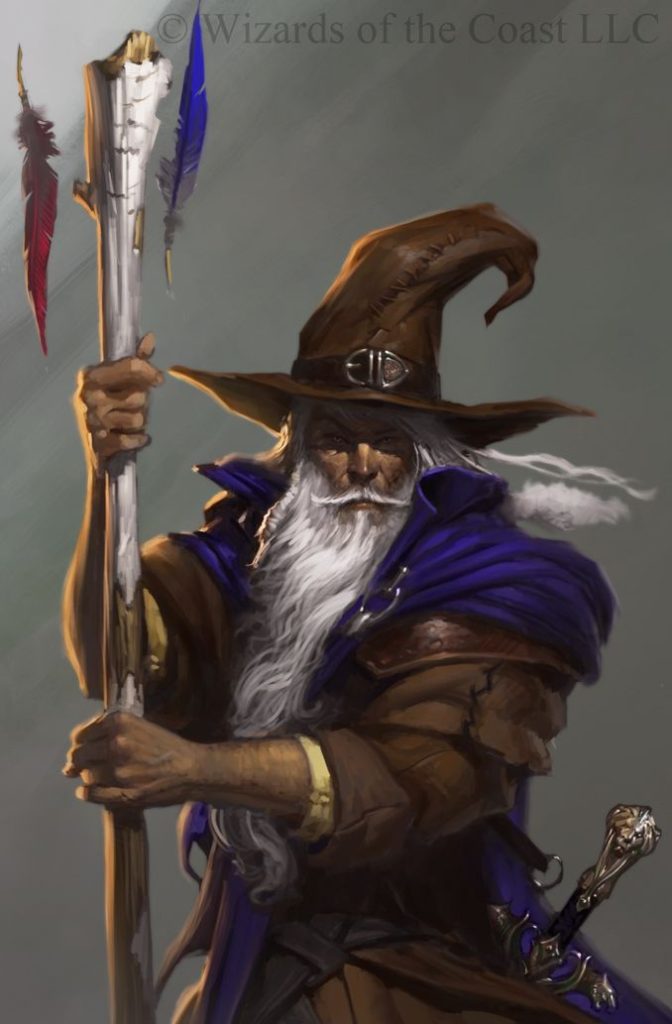
The Staff of Power in Dungeons and Dragons has evolved
Over the years the powers of the staff have changed a little. In the older editions the number of charges in the staff was a static number that dwindled as it was used and was then not rechargeable. The most recent version recharges itself. But regardless of the edition played this staff is an awesome weapon in the hands of a wizard or mage.
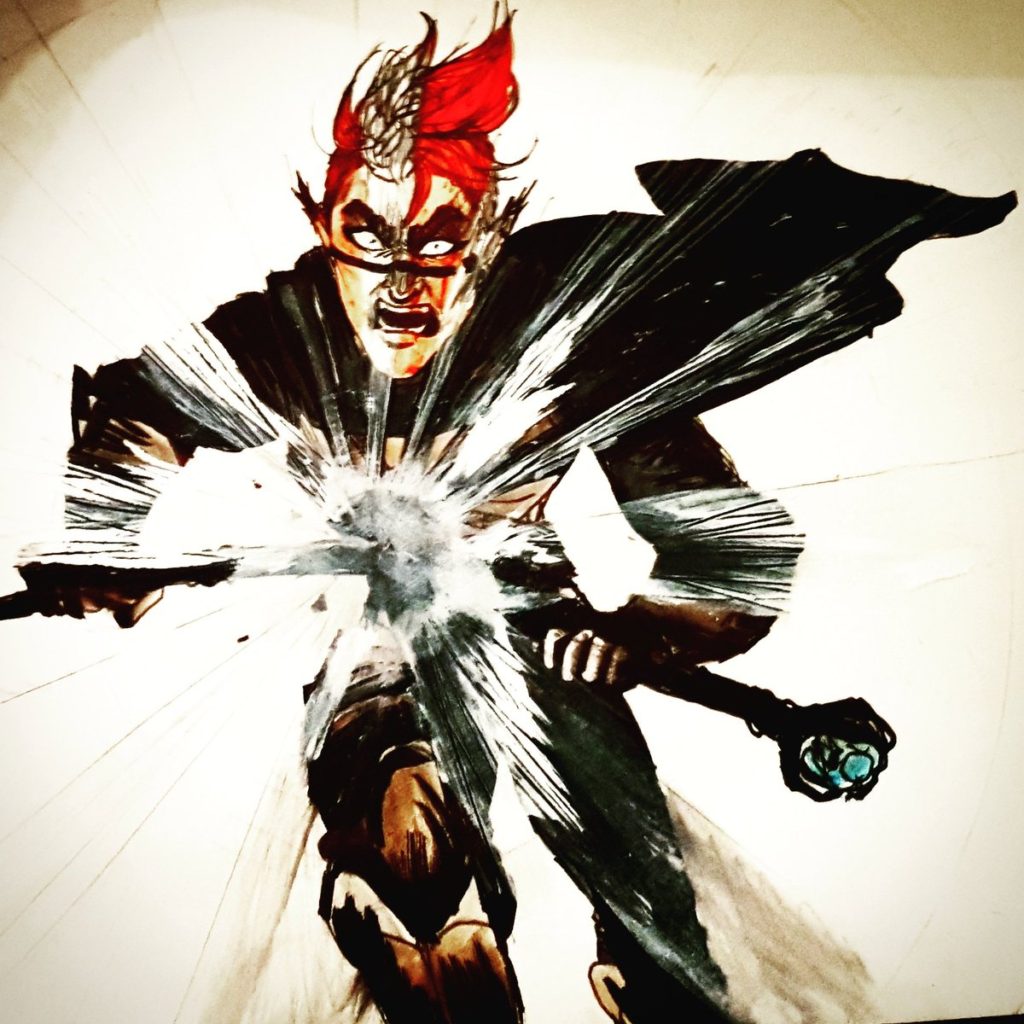
The Retributive Strike is an awesome power
The Retributive Strike is an awesome ability to have. It puts the magic user in the position of deciding the fate of everyone in the vicinity. The lives of both friends and foes alike are in the hands of the wielder of the staff. This is an awesome negotiation tool in times of extreme danger. Creatures who are intelligent enough to know what a Staff of Power is, and can do, will be terrified when they see a wizard threatening to break one over their knee. What was once a certain death situation could be salvaged completely as the wizard threatens this act.
The act itself is an awesome power as well. Certainly the mage could be destroyed. But she can take just about everyone else with her as well. And there is a chance that she might even survive the act (although finding herself all alone on a strange plane might end up being fatal anyway).
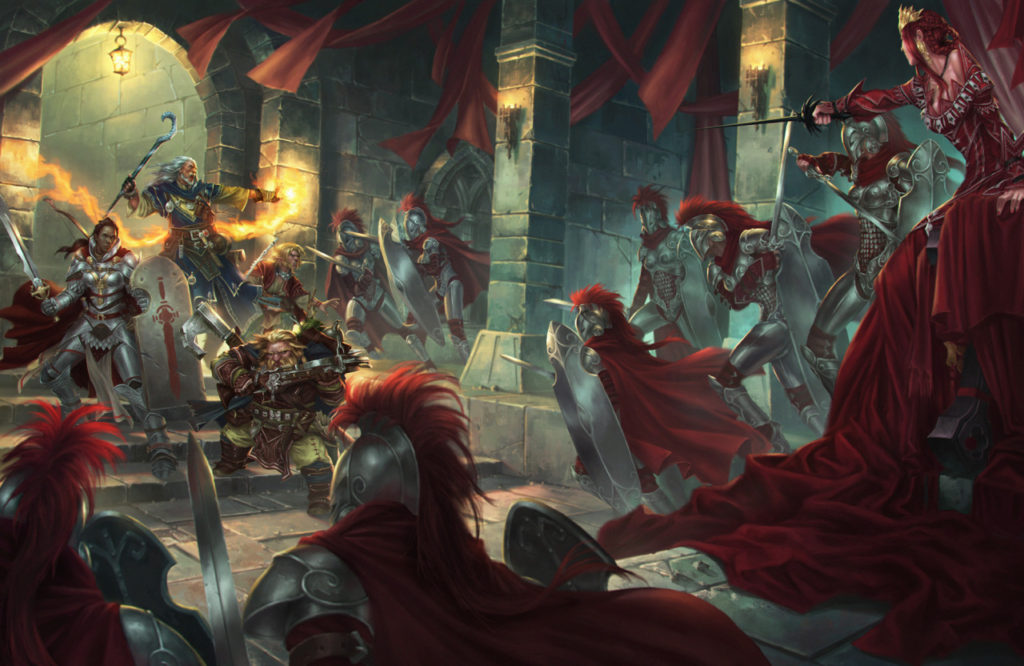
The Staff of Power in Dungeons and Dragons may be too powerful
A dungeon master would be wise to be careful about placing this device in their campaign. Regardless of edition played the staff is an incredibly powerful magical device. It will change the balance of power in a game quite easily. A magic user that was once limited to casting a certain number of spells per day will now have a large number of potential spell abilities to use at his disposal. And with the 5th Edition version recharging itself daily….this might totally unbalance a game. Clearly this should be a device found only at extremely high levels when these powers will not totally change the complexion of the game.
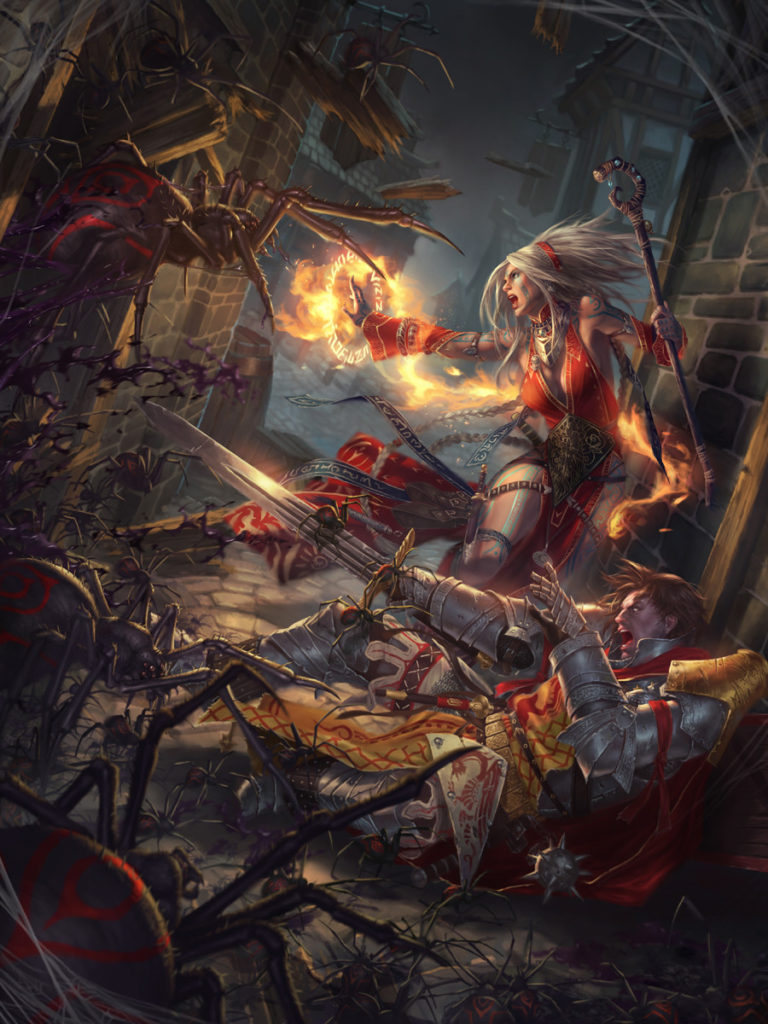
If you enjoyed this article then perhaps you will enjoy these as well:
- Free Dungeon Master Resources
- City Adventures
- Gambling
- Morale
- Turning Undead
- Plague
- Here be dragons!
- Aging
- Tactics
